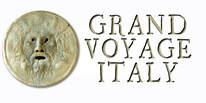How to Flirt like an Italian The Sexy Style of Older Italian Men History: Italians Coming to America Expat Nicky Positano's Amazing Vlogs How the Tomato |
| If you go: By Train Catch a train from Salerno or Naples to Paestum station. Buy a two-way tick if you need to return. I have read that the ticket machines in the Paestum station rarely work. By Boat There are ferrys during summer months from Salerno, Naples, Positano, Amalfi By Bus Buses run throughout the Campania regions, especially in Avellino province, picking locals up for various points and taking them to the site for €9 return. Paestum Tickets You can buy separate tickets for the archaeological site and the museum but if you're visiting both it is cheaper to purchase a combined ticket (about €6.50). There are various categories of discount. This is an Italian national monuments. Check for free entry for seniors and handicapped. The open air site is open daily; the museum is closed on the first and third Mondays of each month. |
Over time, the melody became famous all over the world.
Click HERE for more on Italian funiculars.
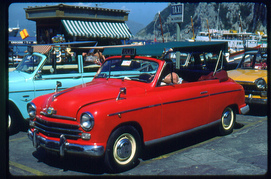 FIat 1400 taxi
FIat 1400 taxi 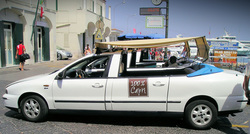
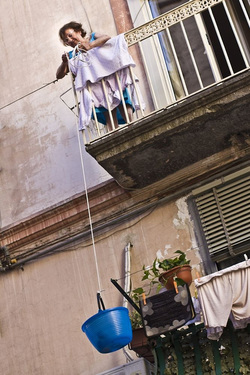
The o'panar (also called a Panaro - bread basket) is an especially great tool for elderly nonnas, living in an un-airconditioned top floor apartment, in the heat of the City of Naples or Sorrento or other towns in Campania. Their legs perhaps failing from a lifetime of walking the many hills in their environment, o'panar is used daily to lift up deliveries of milk, cheese and eggs, produce, a fast food delivery, or other supplies brought to them by their never-too-far-away offspring. You can imagine how dangerous it can be when Nonna loads a couple of sharp knives or scissors into the bucket to send down to l'arrontino--the knife-sharpener--on his weekly visits! Instead of traditional wicker baskets, many nowadays use plastic buckets, but in a bright blue color--perhaps for visibility so that unaware passersby on the street below can see it coming down (often just dropped) and avoid being smashed in their testa.
So, if you're even in Campania visiting Naples or Sorrento or Salerno... look up, or should I say, heads up!
--Jerry Finzi
Please, stop by our SURVEY and spend 60 seconds telling us how we could make our blog better! Grazie!
Copyright, 2016, Jerry Finzi/Grand Voyage Italy - All rights reserved
You can also follow Grand Voyage Italy on:
Google+
StumbleUpon
Tumblr
Pompeii Map & Travel Guide
Visit one of the top Roman Attractions in Italy
Pompeii, and to some extent its sister site Herculaneum, are notable for being destroyed by a particularly ferocious eruption of Vesuvius. Time stopped at that very moment. The archaeological site became a vast museum of that moment in time, which is why it is so compelling--and why archaeologists have learned so much from the ruins of Pompeii.
Pompeii is one of the top Roman era attractions in Italy. It's also pretty easy to get to. The main train line, the FS from Naples, and the private line, the Circumvesuviana, both arrive in the modern Pompei, albeit at different stations, as you see on our Pompeii map below.
As you can see from the map, the ancient town of Pompeii to the north of the modern Pompei is not so much smaller than the modern town that's grown up around it. You can take quite a long time exploring it--the whole city is at your feet....
(CLICK HERE TO READ THE ENTIRE ARTICLE AND SEE THE MAPS)
The Amalfi Coast Road is curvy and very narrow with the cliff on one side and nothing but air and sea on the other. When researching the Amalfi Coast Road, I read that the buses are specially made--narrower than normal buses. Don't you believe it! They are every bit as wide as large tour buses in the States. When driving the Coast Road you with share the road with them... along with center-lane scooters and motorcycles (the line in the middle IS their lane it seems), cyclists (often going faster than you), teeny cars hugging your butt so close you can't see them in your mirrors, and huge, double tandem 18 wheelers!
And there are more than a few pazzo Italian drivers passing on blind curves (often with a quick beep beep of their horn as they come around) and crossing over the line. Another danger is cars, trucks and buses parking on the side of a narrow road (most of Amalfi is a no parking zone along the roadside) that you'll have to get around while cars are coming toward you. In some places they are starting to introduce alternating stop lights, giving the east and west bound traffic each their turn on especially narrow stretches. But don't trust this too much... Italians are notorious for ignoring both traffic laws, signs and lights.
Enjoy this video and then if you like, check out the rest of our experiences during our three week Voyage through Italy. As for driving the Amalfi Coast Road... I did it! I don't have a medal to prove it, but I surely deserve one! The driving was intense--more than you can imagine--but the pleasure of seeing the beauty all around the Coast Road was like living in a dream...
Enjoy the video...
Visiting Pompeii: A Road Too Far
Amalfi Coast Drive: Part Paradise - Part Hell
Hertz Really Hurtz and the Sewer the is Naples: Renting a Car in Italy
Ok, Hold Your Breath, 'Cause this is Really Gonna HERTZ! Renting cars in Italy
--Jerry Finzi
You can also follow Grand Voyage Italy on:
Google+
StumbleUpon
Tumblr
Enjoy the video...
At noon on August 24, 79 A.D., the pleasure and prosperity of Pompeii came to an end when the peak of Mount Vesuvius exploded, propelling a 10-mile mushroom cloud of ash and pumice into the stratosphere. For the next 12 hours, volcanic ash and a hail of pumice stones up to 3 inches in diameter showered Pompeii, forcing the city’s occupants to flee in terror. Some 2,000 people stayed in Pompeii, holed up in cellars or stone structures, hoping to wait out the eruption.
Mount Vesuvius erupted after centuries of dormancy, which when you think about it, means that the people of the day had no way of knowing that their neighboring mountain was even a volcano. Mount When Vesuvius erupted it devastated the prosperous Roman cities of Pompeii and Herculaneum and killed thousands. The cities, buried under a thick layer of volcanic material and mud, were never rebuilt and largely forgotten in the course of history. In the 18th century, Pompeii and Herculaneum were rediscovered and excavated, providing an unprecedented archaeological record of the everyday life of an ancient civilization, startlingly preserved in sudden death.
A westerly wind protected Herculaneum from the initial stage of the eruption, but then a giant cloud of hot ash and gas surged down the western flank of Vesuvius, engulfing the city and burning or asphyxiating all who remained. This lethal cloud was followed by a flood of volcanic mud and rock, burying the city.
The people who remained in Pompeii were killed on the morning of August 25 when a cloud of toxic gas poured into the city, suffocating all that remained. A flow of rock and ash followed, collapsing roofs and walls and burying the dead.
Much of what we know about the eruption comes from an account by Pliny the Younger, who was staying west along the Bay of Naples when Vesuvius exploded. In two letters to the historian Tacitus, he told of how “people covered their heads with pillows, the only defense against a shower of stones,” and of how “a dark and horrible cloud charged with combustible matter suddenly broke and set forth. Some bewailed their own fate. Others prayed to die.” Pliny, only 17 at the time, escaped the catastrophe and later became a noted Roman writer and administrator. His uncle, Pliny the Elder, was less lucky. Pliny the Elder, a celebrated naturalist, at the time of the eruption was the commander of the Roman fleet in the Bay of Naples. After Vesuvius exploded, he took his boats across the bay to Stabiae, to investigate the eruption and reassure terrified citizens. After going ashore, he was overcome by toxic gas and died.
According to Pliny the Younger’s account, the eruption lasted 18 hours. Pompeii was buried under 14 to 17 feet of ash and pumice, and the nearby seacoast was drastically changed. Herculaneum was buried under more than 60 feet of mud and volcanic material. Some residents of Pompeii later returned to dig out their destroyed homes and salvage their valuables, but many treasures were left and then forgotten.
In the 18th century, a well digger unearthed a marble statue on the site of Herculaneum. The local government excavated some other valuable art objects, but the project was abandoned. In 1748, a farmer found traces of Pompeii beneath his vineyard. Since then, excavations have gone on nearly without interruption until the present. In 1927, the Italian government resumed the excavation of Herculaneum, retrieving numerous art treasures, including bronze and marble statues and paintings.
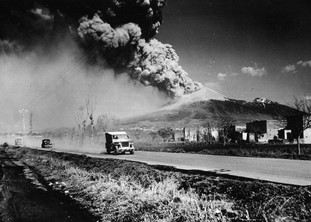 Vesuvius erupting in 1944
Vesuvius erupting in 1944 Today, Mount Vesuvius is the only active volcano on the European mainland. Its last eruption was in 1944 and its last major eruption was in 1631. Another eruption is expected in the near future, would could be devastating for the 700,000 people who live in the “death zones” around Vesuvius.
Then do they put pickup/return offices at a desk IN the train station? No. You have to drag your luggage several blocks from the station to their office through through the typically sleezy and dangerous streets to find them. Are there signs at the huge train station at least telling you which direction to head? No. (Naples Central is about a kilometer wide... Hertz about 1/4 mile away from the closest exit... over very rough cobbles). Also, when returning cars to Florence, you have to be incredibly careful about NOT driving into the ZTL (no drive zone, or Zona Traffico Limitato) or six months after your trip you'll get a very expensive summons from one of the many ZTL cameras. (BTW, these are legitimate fines, not scams. Learn about the ZTLs HERE and HERE).
And to top it all off, they never bring the car to you. In Chiusi we had to walk in the rain, dragging luggage over a quarter mile and get the car parked near a bridge. In Florence they actually give you a map to get to the garage. He told us it was a parking lot, but Lucas noticed the teeny Hertz sign on a garage building that also does hourly parking. He said it was a one minute walk only "30 meters" across the street and around the corner... it was more like 1000 meters. We had to pass all sorts of low-lifes, smells and filth. I was seriously worried about our safety. Oh yea... and that street in front of their office that we have to cross? No crosswalk... a very busy intersection with cars jostling to get onto the nearby interstrada.
Hertz in Italy is just a logo... a method used by schemers to latch onto a good company name and deliver a dumbed down, lazy Italian style service... "for your convenience... for your convenience..." Yea, right.
Oh... the last straw: months ago I booked a compact class Fiat 500L automatic for our southern part of the journey... especially to help navigate the twisty, mountainous, narrow roads of the Almafi Coast. They didn't have automatic in compact class so I wound up getting a a very wide Volvo SUV. It was diesel, which saves money on gas, but Lucas said it sounded just like his schoolbus (it did). Oh, and they gave it to me dirty... then asked if I wanted it washed. I said yes. He said "another 20 minutes" which in Italy means over an hour... or so. I said no since we still had to get over the mountains to our Amalfi apartment where the caretaker was expecting us as a set time.
Such is car renting in Italia. I'd love to hear from others about their experiences with other Italian rental companies (i.e., brokers) to see if it makes any difference. I doubt it, though. For instance, the Florence in-town location also had logos of other rental companies. The experience would be the same no matter what logo you decide to rent with.
--Jerry Finzi
P.S. If you like what you've read, please LIKE us on Facebook and SHARE us with your friends who might also be interested. Gratzie!
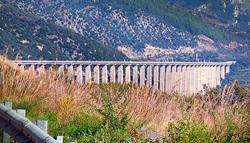 Over half a mile long and 400 feet high---one of the many bridges in Basilicata.
Over half a mile long and 400 feet high---one of the many bridges in Basilicata. Anyway, the rest of the drive to Castelmezzano was beautiful. Bigger and more rugged mountains lined our path. This was like the West in the U.S.... big sky and mountains. Some were bald and rocky, others were forested. Then there were dizzyingly high peaks with villages clinging to their cliffs.
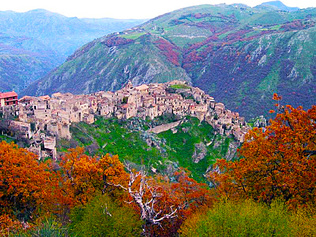 So close and yet so far: Romagnano al Monte ghost town.
So close and yet so far: Romagnano al Monte ghost town. 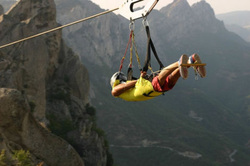 Flight of the Angels
Flight of the Angels Dinner was a bit stuffy and formal but food was good. As this was mid October, the hotel seemed to have only 3 rooms booked. I suppose they get busy in the summer with people flocking here to do the zipline (more on that below). Afterwards the highlight was walking the passagiata with the locals (we were the only tourists) and coming upon the piazza overlooking the cliffs and village just as all the lights were lit. A Christmas village illuminated right before our eyes. I got some great pics using my tiny backpack tripod. We then walked a bit on the little streets, so narrow that you had to hug the walls if a small car came past.
The next morning we drove to the nearby sister clifftown of Pietrapertosa via an amazing twisty and dangerous road (one part was undercut from a landslide... I drove quick over that.) Even this drive was an enjoyable adventure with just us on the roads--aside from the sheep and goats. I tried taking a photo of a line of sheep heading toward our road to cross... as soon as I got out of the car I heard one of the "sheep" give two sharp barks. It was the sheep dog warning of the danger. The sheep stopped dead in their tracks and would not move as long as the didn't get the all clear.
The views of Pietrapertosa were even more astounding than Castelmezzano. I'll be sure to post some pics... words can't do it justice. The pinnacles were ornate and many. Some looked like faces... others just impress with the volcanic uplift that created them. The views from the road is amazing. In some parts of the village the cliffs lean and hang right over the houses!
There is even a zipline that runs between the two towns called the Flight of the Angel (volodellangelo.com). You lay flat in a harness--Superman style--and fly at over 70 MPH! I had hoped to do it myself but it was a bit of a logistic problem... You need to decide which direction you want to travel in. There are lines going both ways but in different locations due to the downward pitch of the line needed to go from one town to the other. I couldn't figure out how to get back and forth--and one of the roads between the two towns is closed. (Yea... that's my story and I'm stickin' to it... yea, that's the ticket.)
We then drove into a broad high plateau to move to our next amazement... the cave city of Matera, where we would spend the night in a cave hotel....
--Jerry F.
P.S. If you enjoyed reading this post, please LIKE us on Facebook and SHARE it with friends who might be interested. Gratzie!
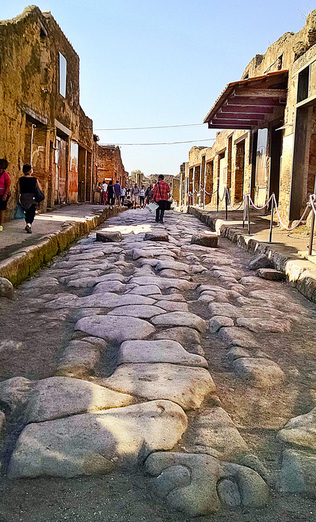 Rough cobbles, high curbs and three crosswalk stones.
Rough cobbles, high curbs and three crosswalk stones. The going was very tough. I've read about the cobbles in Pompeii, but my Lord are they rough on your feet. They are eroded at the edges so badly that I felt like I was hopping stones across a stream. Some are high, some low. They are also rutted by chariot wheels... fascinating to ponder but hard on your ankles. Steps are a foot or more high... tough on knees. Some curbs are even higher. The ancient sidewalks are very eroded and uneven. Combine this with stones jutting out of the soil and tripping you. Lucas almost tripped once on a rock jutting up... I almost tripped three times. There is rock dust over everything so the rocks are hard to see. There are groups of three stones crossing the streets in places. These were used to cross the street and not get your feet wet--there would be water flowing through the streets for waste removal.
The history is amazing though. My favorite was the baths. Ancient pipes, hollow heated floors, walls and ceilings in the Caldorium. The baths also had lots of intact frescos and bas reliefs. Lucas was fascinated by the plaster casts of the people buried under ash. There was even a dog writhing on his back... frozen in time at the moment the hot ash took his life.
I also loved the street-side shops with marble bar tops with amphorae built into the counters. You could picture customers coming up and buying beer, wine and snacks. The wells all over the site are beautiful... each has the water coming out of the mouth of masks... and the water is potable. We filled our thermos 4 times and Lucas and I wet our caps. It was pretty hot today.
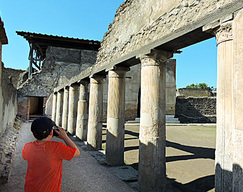 Lucas doing the photographer thing at Pompeii. That's my boy!
Lucas doing the photographer thing at Pompeii. That's my boy! Afterwards we took a ride toward Sorrento. We found it to be overly chic, with stylish designer shops galore... not our thing. Plus, we must have driven around the town three times trying to get to the main street. The one way streets really lock you in to making turns you don't want to take. So we headed up the twisty roads toward Masse Lubrense, a massive mountain area above Sorrento dotted with workaday village and views. We bought pastries for tomorrow's breakfast and headed down the pass toward the Amalfi Coast again.
We got to one point where you could see both sides of Sorrento Peninsula at the same time. Gulf of Naples and Vesuvius on one side, the Tyrrhenian Sea on the other. I couldn't believe the views. As we drove down the coast road again--the western area we hadn't been on before--I was struck by how much more natural the environment was. Huge light colored cliffs... caves... rugged pinnacles of stone jutting up from the sea and the mountainsides. And more curvy roads and insanely dangerous drivers--the locals pass you on inside curves, outside curves, when oncoming cars are approaching, in curved tunnels, they'll pass you while another car is passing, even when people are walking on the narrow side of the road, or when a huge bus is coming round the bend! And if you drive carefully around the hair-pin turns yourself, they'll ride your butt a couple of feet from your rear bumper--and then pass you!
I was so tired when we got back. I'm proud to say that I drove these amazing roads and the amazing landscape and the villages clinging for dear life from the cliffs above the sea... but I'll be happy to leave Amalfi tomorrow... Once in life is enough.
--Jerry F.
Don't forget to SHARE this post with your friends, and let us know what you think by leaving a COMMENT. Gratzie!
On the way to Pompeii, I was about to pull into the toll booth of the Autostrada, I noticed a young woman standing, texting, leaning with her back to the toll machine... and the car in front of us almost brushing her pregnant looking belly with their side mirror. Huh?
At first I thought she was ticket taker outside her booth, then it dawned on me. She a gypsy trying to scam people! The way she was leaning and pushing her belly into the car's side mirror, she was forcing drivers to pull out too far from the machine to put money into. Then she takes the money out of your hand to "help", gets the change for you, and pockets some. You have to remember here that when you get change the coins could be 1 or 2 euro pieces... that's $1.27 - $2.60 each coin she pockets. I imagine if you try to put a really big bill in she'd just grab the cash and run over to the lanes in the opposite direction. I guarantee the belly is phony. It looked very squishy when the car mirror pushed into it--like foam.
So, when she tried this with me I growled my very best "Va via!" ("hit the road!") and she shrunk away from my car. I opened my door so I could reach the toll machine and sped off when the toll gate lifted. Imagine this happening at any U.S. highway tollbooth (Again, don't Italians need jobs? How about toll keepers or guards?) I can't stand these human leaches.
By the way, I should mention that while I did carry my wallet in my front pants pocket, I did opt to use a flatter money clip wallet to carry just essentials for each day: our main "points" credit card (with no transfer fees), our dedicated ATM card (we opened an account just for this trip with limited funds in it) and daily cash. I had one of those money belt pouches with me, but never really used it. Instead, I bought a leg wallet from Amazon and used it all the time. The leg wallet was able to carry all of our backup cards (though Lisa kept one in her PacSafe mule bag as another backup) along with all our extra cash. There were only a few days I didn't wear it---when it was too hot for pants and I wore shorts.
We were lucky in Italy. We never got robbed but caught a few trying at times. The best advice I can give is learn the simple expression, "Va Via!" Don't just say it... growl it or yell it. Make noise. There are gypsies dressed as makeshift nuns around the Vatican holding cups for handouts. You can tell their habits aren't correct. In general, do NOT give handouts! These beggars might have a partner who just saw where you keep your money. Charity remains at home--when you travel.
There are other gypsies that toss babies to you to catch (just dolls) and while you are distracted, their kids snatch your purse, camera, etc. There are people at train stations that try to "help" with luggage or with those ticket machines... just don't let anyone help you. Oh, and don't be suckered into taking pictures of or with those fake gladiators outside the Colosseum. They will strong arm you into paying huge fees just to take a picture of them. They are pretty aggressive. Now that I think of it, that guy who was crowding us in the Colosseum gift shop was more than likely trying to pick our pockets.
Toll booth gypsies. Who knew? You see, there are many types of scammers and many ways to pick our pockets without actually putting a hand in there...
--Jerry Finzi
Don't forget to SHARE this post with your friends, and let us know what you think by leaving a COMMENT. Gratzie!
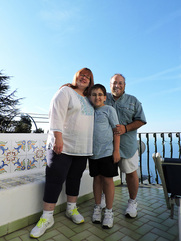 "We Three" on the terrace at Le Cicale.
"We Three" on the terrace at Le Cicale. We got to Cicale and no one was there at first... so we called. Then Stefania (Lucas calls her "with the hairy armpits") showed up and took a while to show us around. It was odd, she spent too much time showing us each and every room, nook and cranny. She seemed on the nosy side. (We were tired and just wanted to cook a meal, eat and hit the sack.) After about half an hour, I managed to get her to leave us in peace in our new apartment.
Cicale is amazing... 2000 feet above the sea, a private balcony on each bedroom and our own terrace overlooking the sea. The views are breathtaking. You look our over the glistening Tyrrhenian and barely see the horizon blending into the sky. There is a view down into our cut in the mountains into the Furore Fiord and the amazing bridge that travels over it. The Fiord is a jagged cut out of the mountain that has a little sandy beach under the bridge.
Night time fell and so did we...
The next morning I awoke to a glistening sea sunrise, the smell of more olive prunings being burned, an old neighbor on the terraced house below us coming out and picking tomatoes, the beep beep of cars going around the downhill curve we are on, wall climbing lizards and flowering bougainvillea. We had jam, honey, nutella, sweet bread and cornettos for collatzione and headed out into paradise--at least it LOOKS like paradise...
By the way, even though it seems like the Italians are driving at breakneck speeds, it's really slow going on the Amalfi Coast. Even though the entire Coast Road from the Masse Lubrense mountain to Salerno is only about 30 miles, it could easily take you 3 hours to travel the whole thing (more in the stagnant summer traffic). This is what makes these crazy, speeding, careless Italian drivers even more ridiculous. Even though their mindset is as if they are in the Mille Miglia or Grand Prix, their average speed on the Coast Road is about 10 miles an hour. Speed like crazy 'til you hug the next car's rear bumper... then wait a minute or three until... yes... pass him on the next curve! Bravo! Ok... now the next rear bumper...
While the driving is the hell in this paradise, the views are astounding. I just can't look for too long while I'm driving. Still, this place is one of the most beautiful I've ever been to. The architecture, the tiled domes on the churches, the rugged cliffs above, the terraced olive and lemon groves, the rocky shoreline and sea below and the castle towers on just about every promontory. In places it's like I've walked right into a Maxfield Parrish painting. The driving. Well, the driving is hell. I love driving curvy roads, but it's not so much the roads as dealing with the drivers here. First of all, I am SO glad I have an automatic for Amalfi driving. One less thing to think about while maneuvering on roads barely wide enough for a Fiat 500, no less huge buses. Our Volvo SUV is way to wide for comfort here. I wish I had gotten a Fiat 500L like I had originally reserved. Most roads have dangerous curves and drastic changes in altitude via switchbacks... on one road alone I counted six hairpin switchbacks bringing up over a thousand feet. Some of the hairpin turns are so sharp that the turning circle of the Volvo can barely make it across both lanes. And the drivers... they are crazy! Pazzo! The locals go speeding around blind curves, crossing over lines (if there are any lines), hugging your rear and passing where there isn't space to pass--and on curves, too! The motorcyclists and scooters are even worse. They ride right down the middle as it it's another invisible lane. People are in the habit of beeping several times when going around blind curves. There are also convex mirrors on lots of turns but they don't help much.
And then there are the tourist buses. I read once that these buses are narrow--specially built for narrow Italian roads like the Coast Drive. Nonsense. These are huge. Some are like those monster buses you see taking rock groups on tours in the States. I also read that--for safety--they only went one direction on the Coast Road. Again.. nonsense. I've seen them going both ways, so it's possible you have a bus tailgating you while another is trying to come in the opposite direction taking up more than one lane. I've even seen tandem trailers on the Amalfi Coast Road. How they get through the very tight one lane villages is beyond me.
By the way, even though it seems like the Italians are driving at breakneck speeds, it's really slow going on the Amalfi Coast. Even though the entire Coast Road from the Masse Lubrense mountain to Salerno is only about 30 miles, it could easily take you 3 hours to travel the whole thing (more in the stagnant summer traffic). This is what makes these crazy, speeding, careless Italian drivers even more ridiculous. Even though their mindset is as if they are in the Mille Miglia or Grand Prix, their average speed on the Coast Road is about 10 miles an hour. Speed like crazy 'til you hug the next car's rear bumper... then wait a minute or three until... yes... pass him on the next curve! Bravo! Ok... now the next rear bumper...
While the driving is the hell in this paradise, the views are astounding. I just can't look for too long while I'm driving. Still, this place is one of the most beautiful I've ever been to. The architecture, the tiled domes on the churches, the rugged cliffs above, the terraced olive and lemon groves, the rocky shoreline and sea below and the castle towers on just about every promontory. In places it's like I've walked right into a Maxfield Parrish painting.
The place was full of pottery workers... few customers. It's not exactly a retail space, although you can walk right in. We saw all sorts of pottery and tiles... masks, fish, mermaids, monsters and of course bowls and other vessels. We wandered around and went to each worker to watch them work... one even let Lucas try his hand at putting a handle on a cup. Lucas was impressed with their bowl molding machine and how fast the artisans painted each plate with brightly colored glaze. One worker was making glaze in a huge vat, which made the 5 gallon buckets of glaze in Lucas' pottery class seem tiny. We tried to catch a girl's attention in the office to ask about buying something, but she ignored us. There were no prices on anything, although all sorts of things were strewn all around the place. It was impossible to buy things here. (A note from December, 2014: I finally bought Lisa some Solimene pasta bowls from an importer for Christmas at ridiculous prices... and she loves them).
Next we walked on a nearby street where every other shop is selling ceramics... most were artisan shops. Every shop facade was a one of a kind work of art in tile. We bought some things from one shop (a chicken pitcher and some mini bowls for Lucas' classmates) and started to head back to Le Cicale for another home cooked meal.
Dinner tonight was gnocchi with tomatoes, provolone, speck (smoked prosciutto), wine and bruschetta... all bought for about 10 bucks at little alimentari in Vietri sul Mare--including 3 euro for the nice bottle of Montepulciano wine. Buona notte, tutti...
--Jerry Finzi
P.S. If you like what you've read, please LIKE us on Facebook and SHARE us with your friends who might also be interested. Gratzie!
Categories
All
1 Making Plans
2 Gear And Tips
3 Getting Around
4 Tuscany
5 Amalfi Coast
6 Basilicata
7 Puglia
8 Rome
9 Postcards
Fotos Di Finzi
History For Italians
Humor
La Cucina & Recipes
More Than Gelato Pizza
More-than-gelato-pizza
News Del Giiorno
Off The Tourist Path
Archive
June 2024
January 2021
January 2019
December 2018
November 2018
August 2018
April 2018
March 2018
February 2018
January 2018
December 2017
November 2017
October 2017
September 2017
August 2017
July 2017
June 2017
May 2017
April 2017
March 2017
February 2017
January 2017
December 2016
November 2016
October 2016
September 2016
August 2016
July 2016
June 2016
May 2016
April 2016
March 2016
February 2016
January 2016
December 2015
November 2015
October 2015
September 2015
August 2015
July 2015
June 2015
May 2015
April 2015
March 2015
February 2015
January 2015
December 2014
November 2014
October 2014
September 2014
August 2014
July 2014


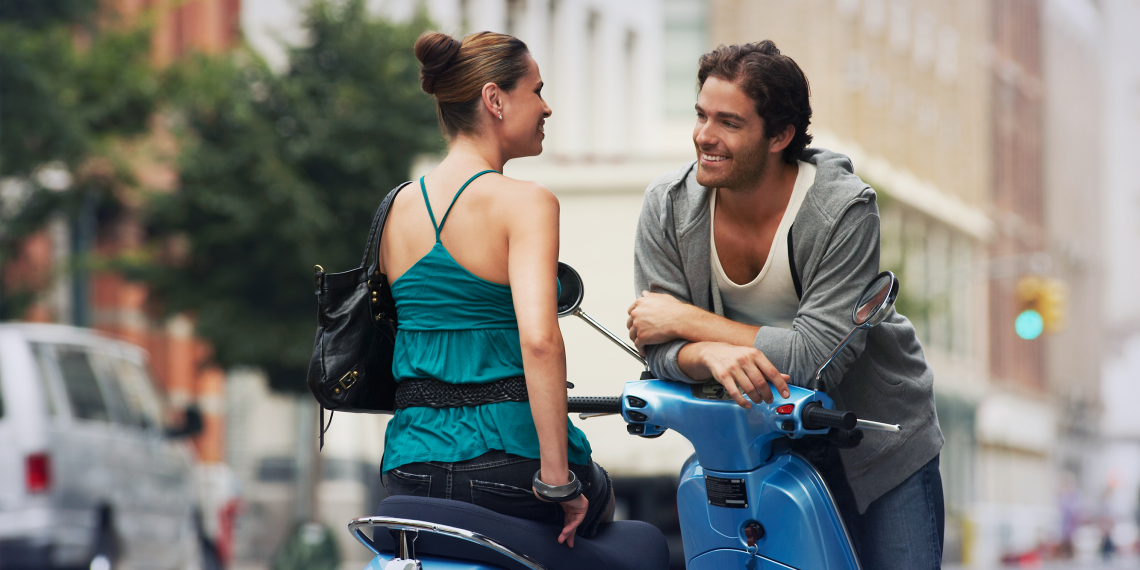
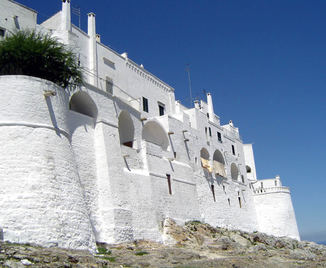
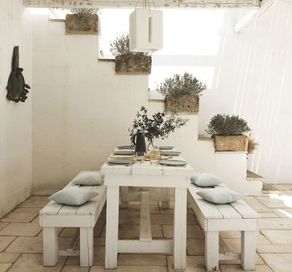
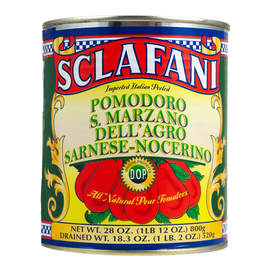
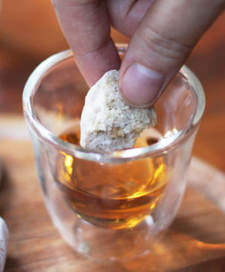
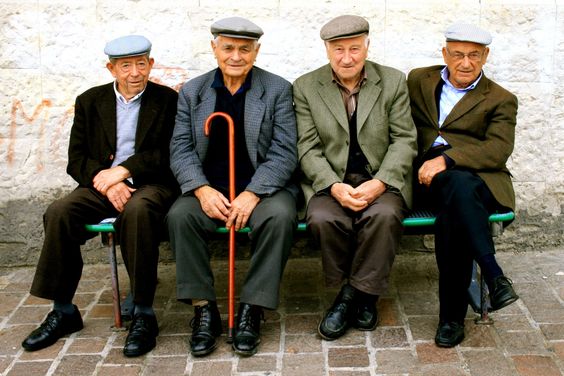

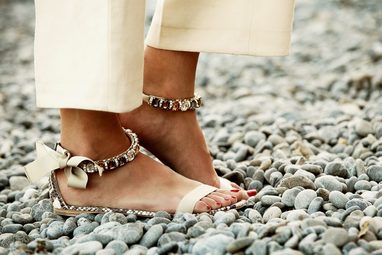
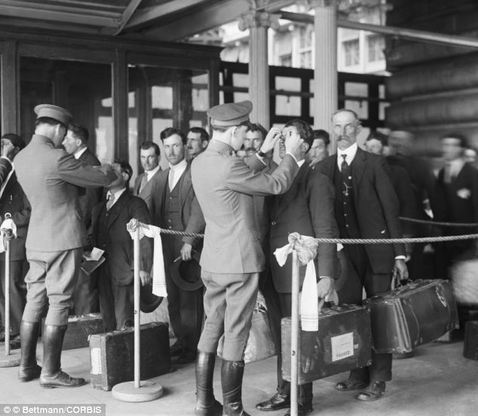
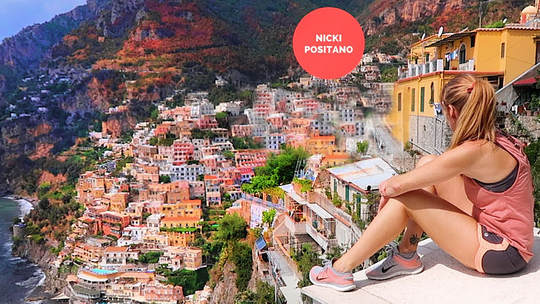
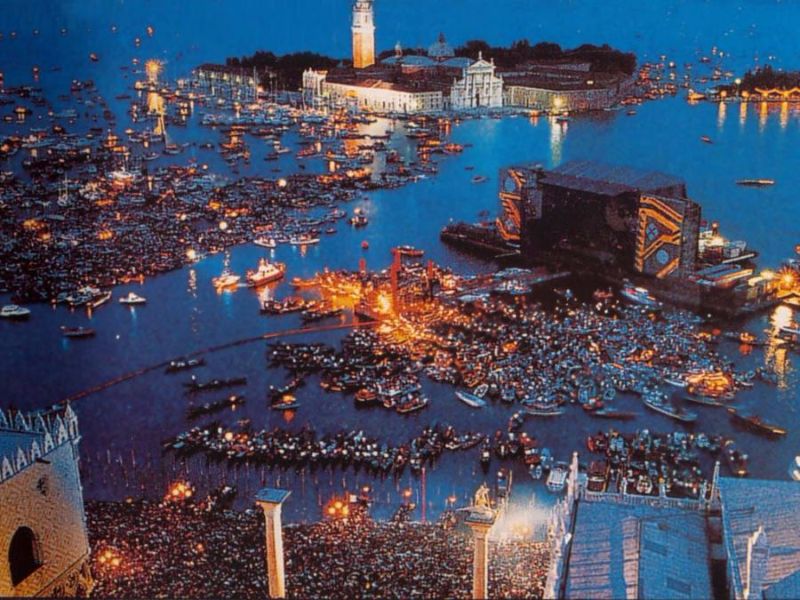
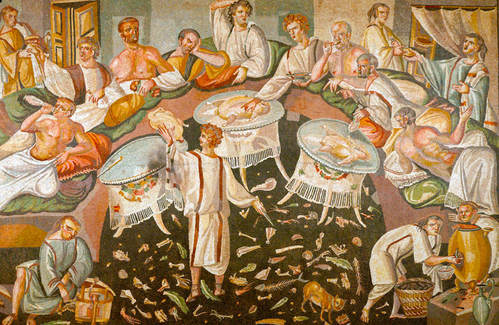

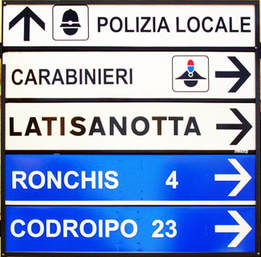
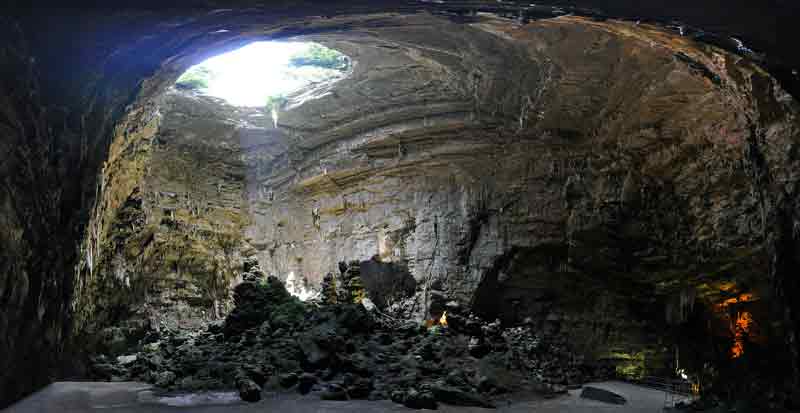
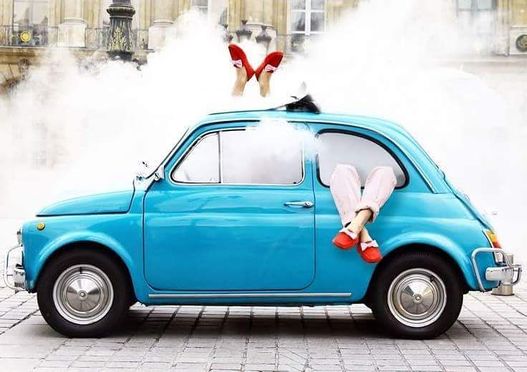


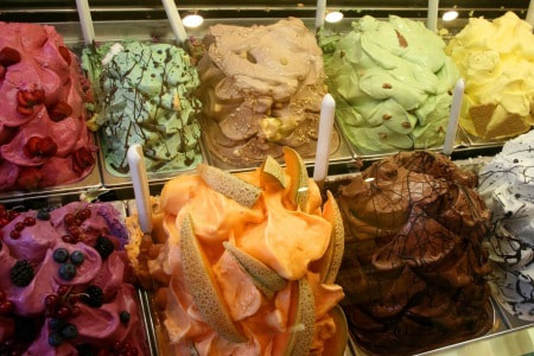
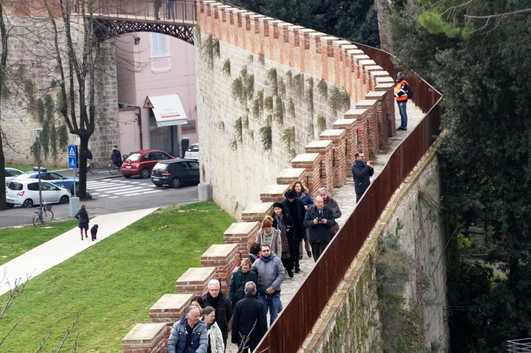
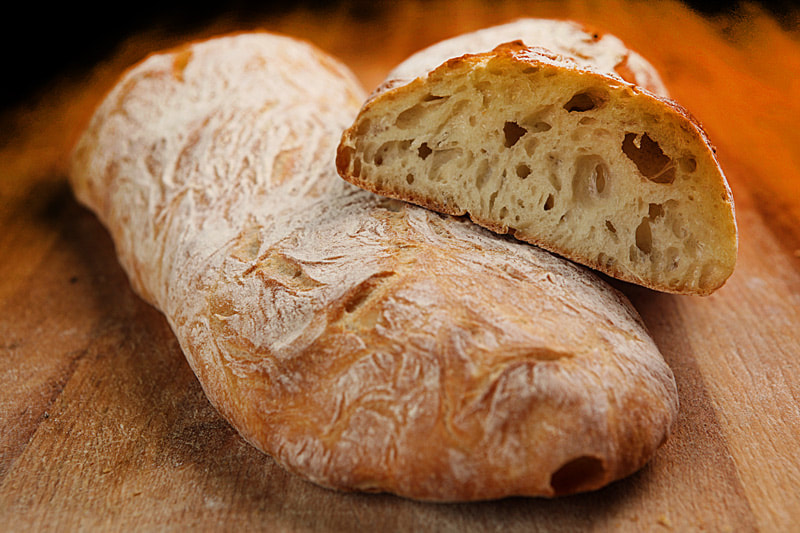
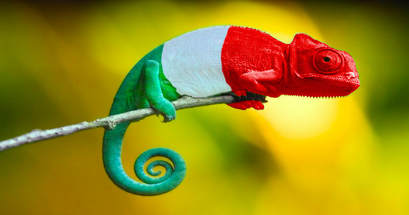



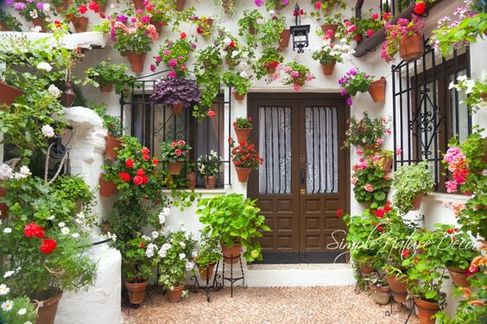

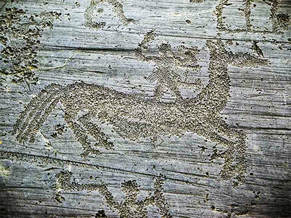
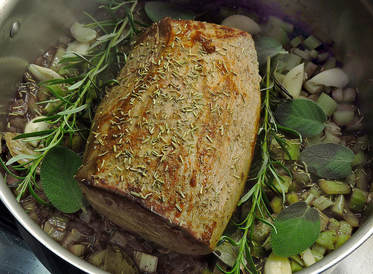
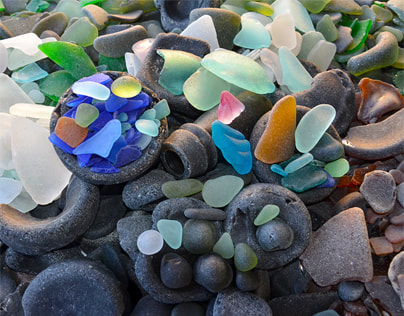
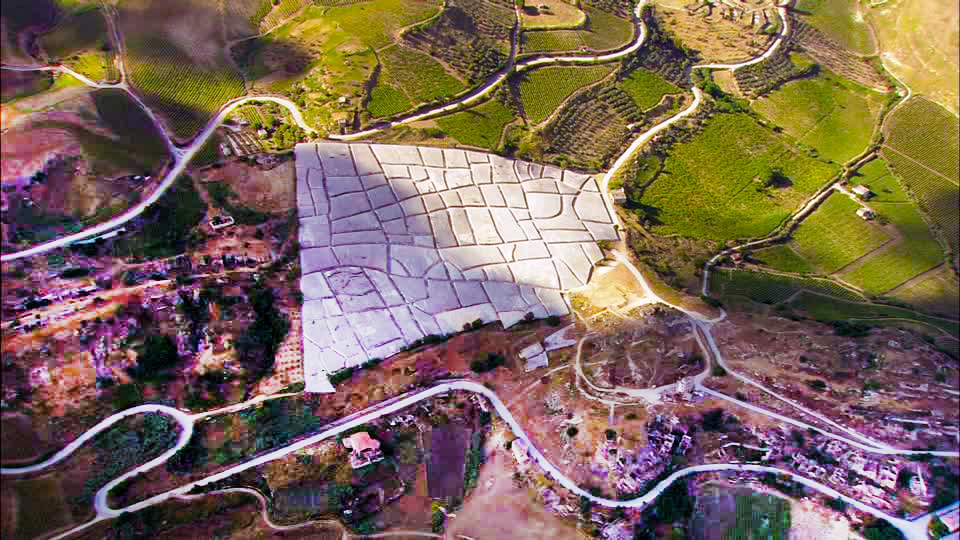
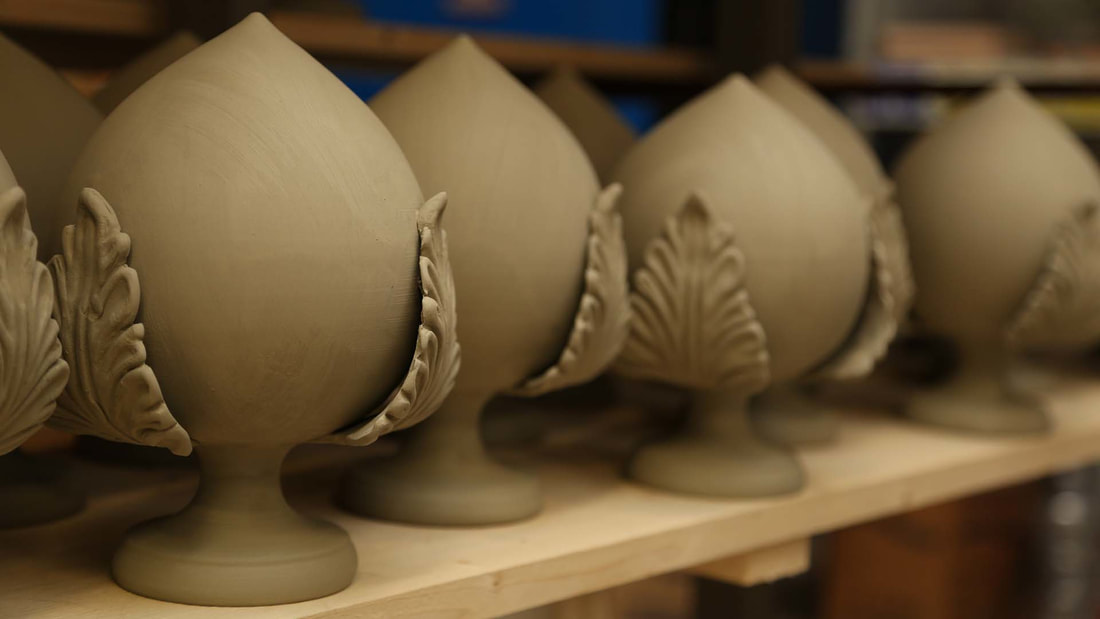
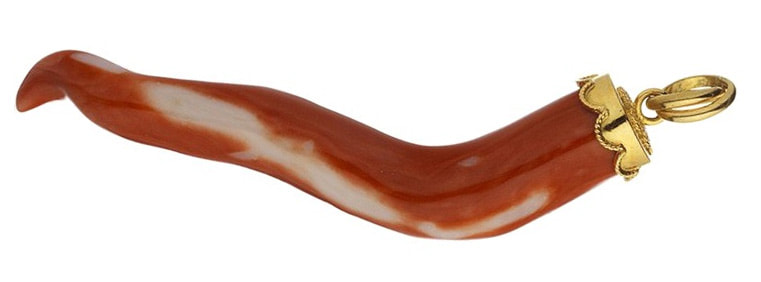
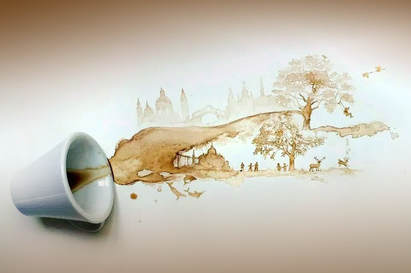
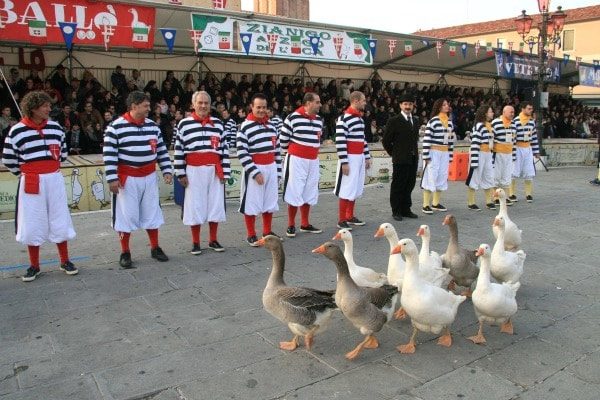

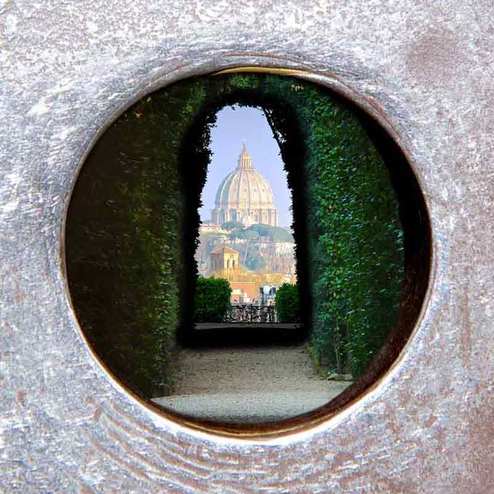

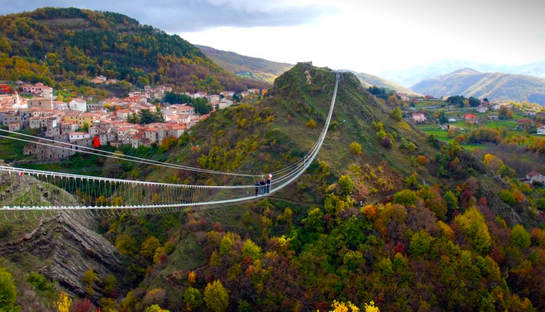
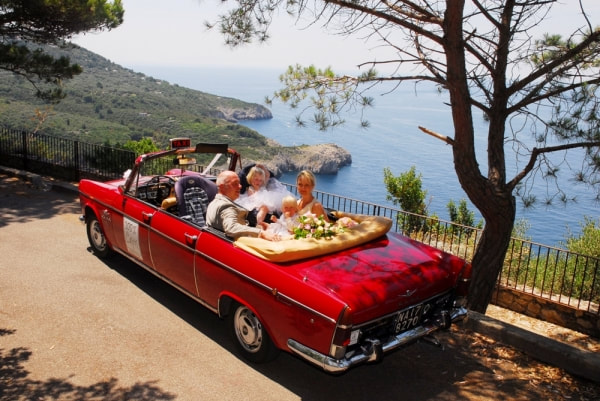
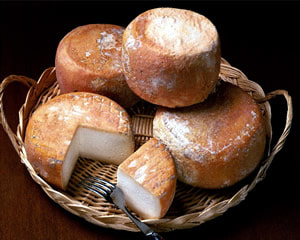
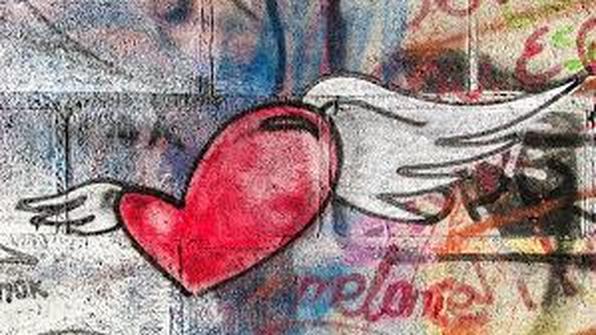
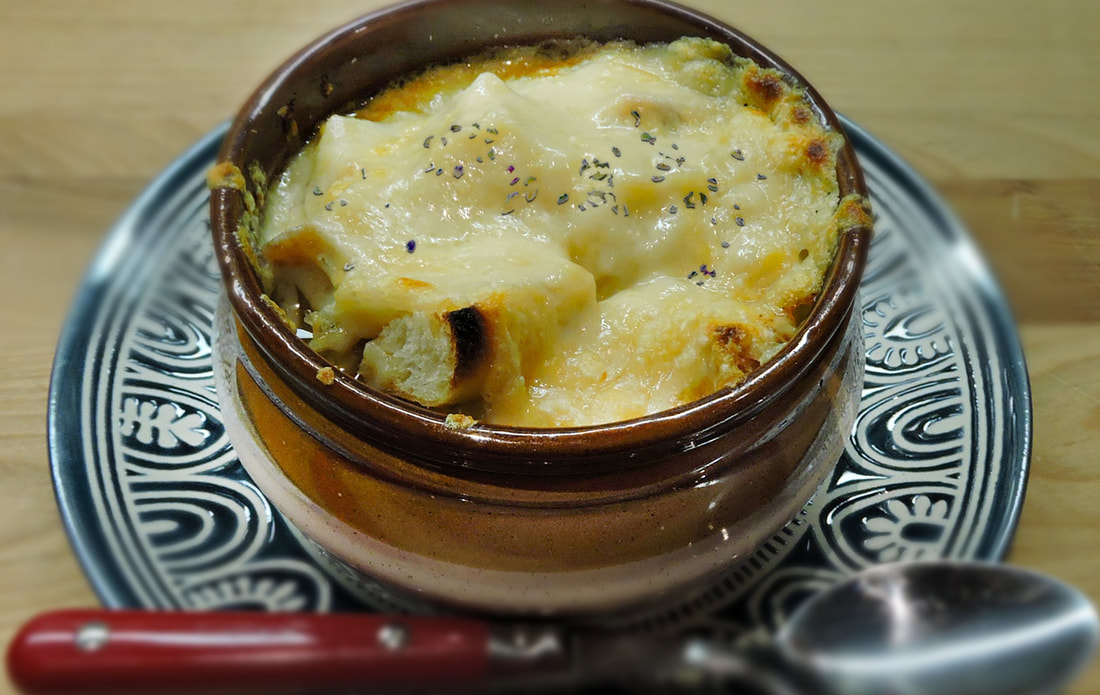
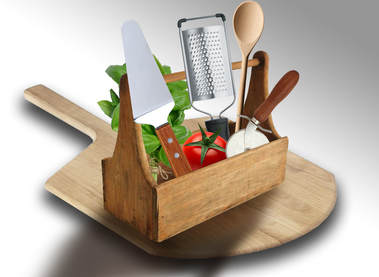
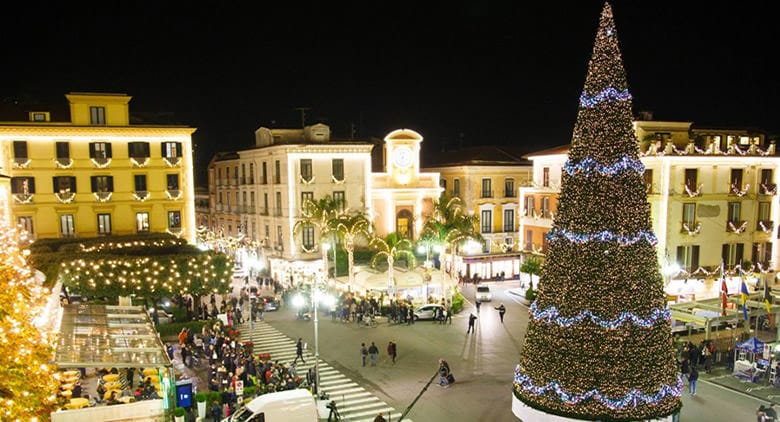
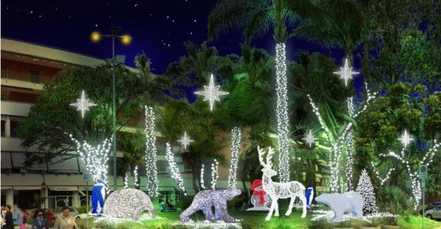

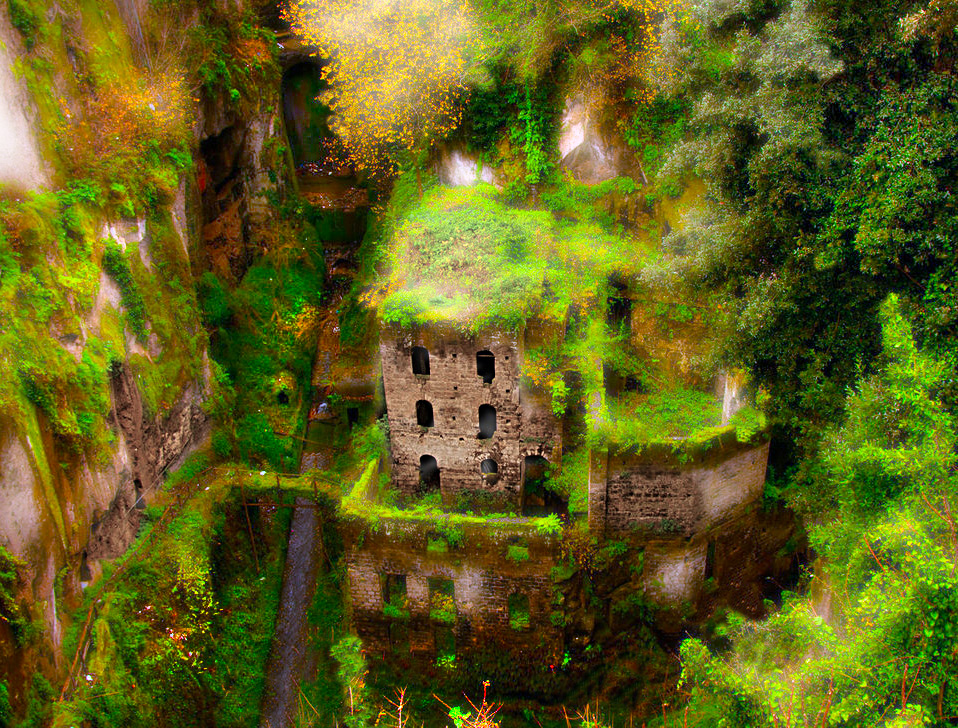
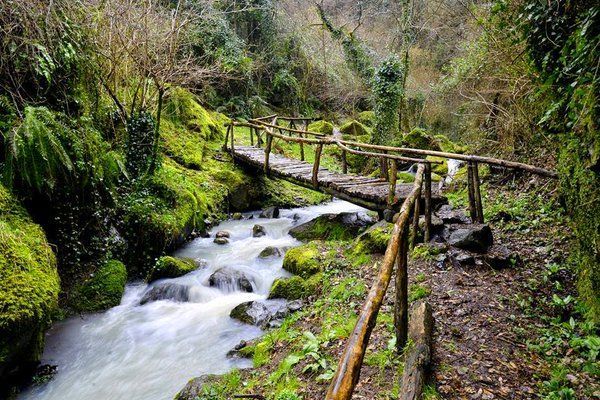

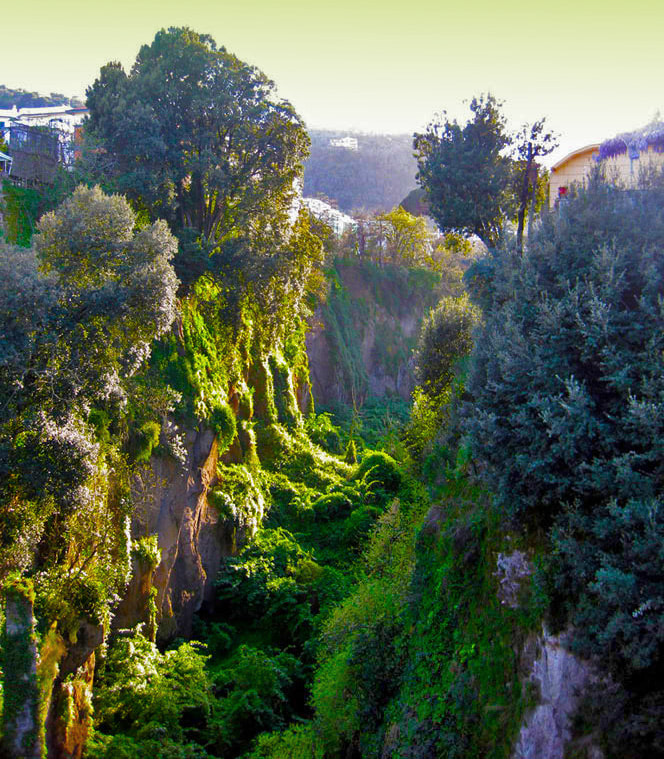
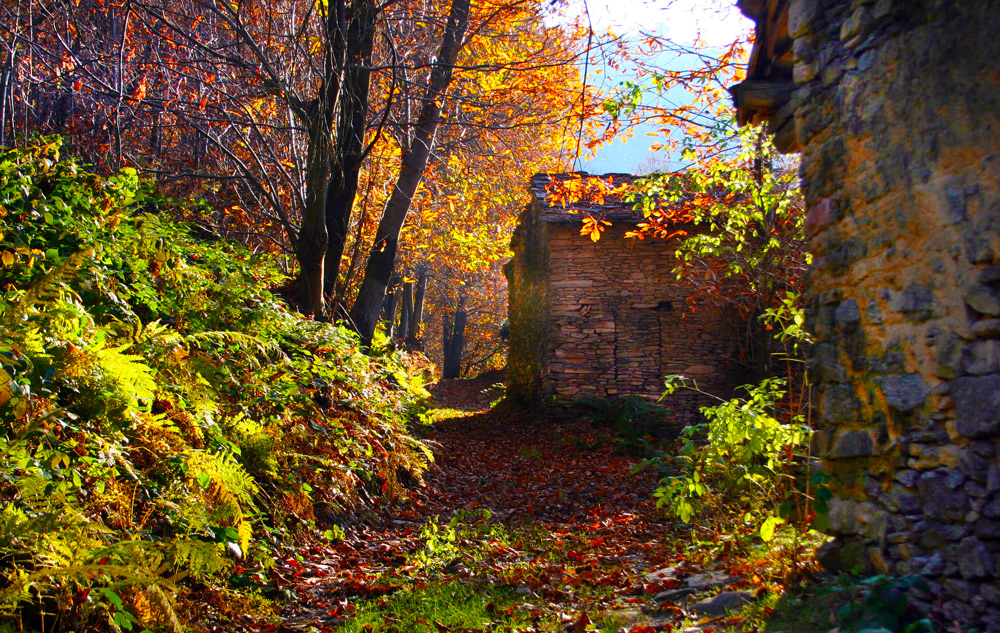

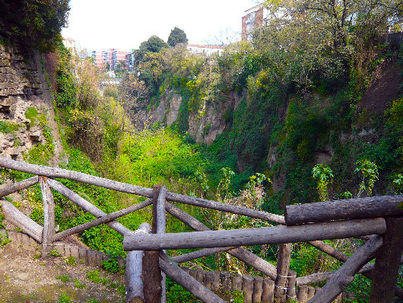

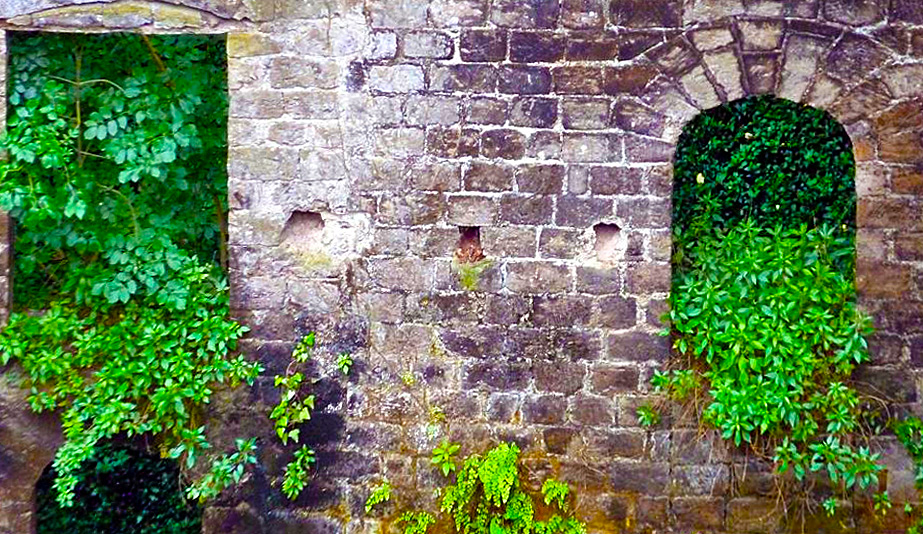
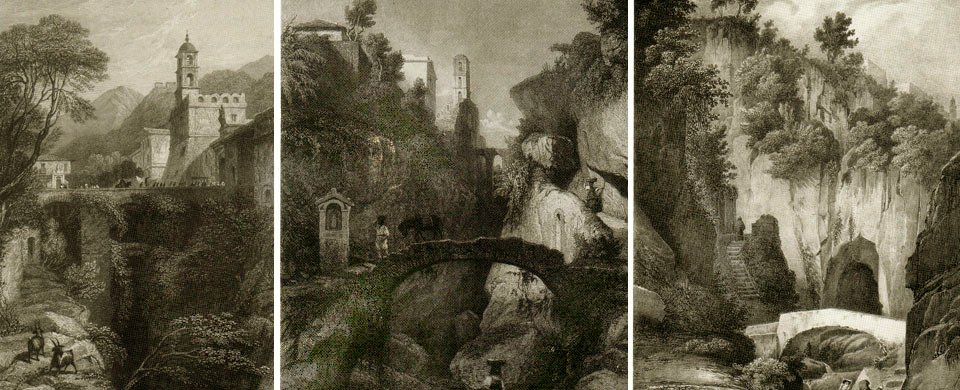
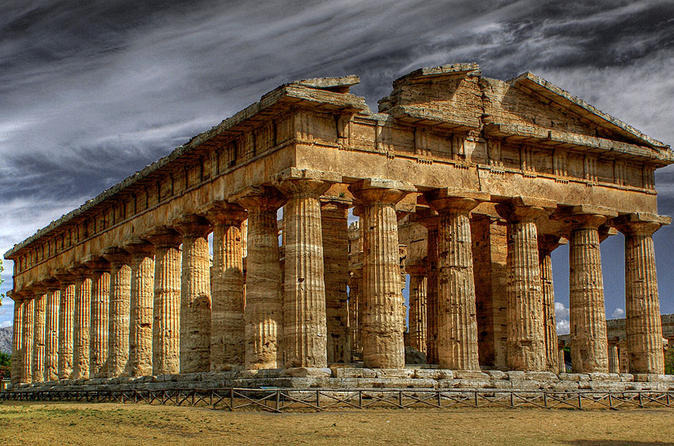
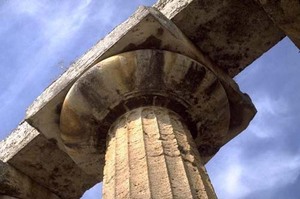



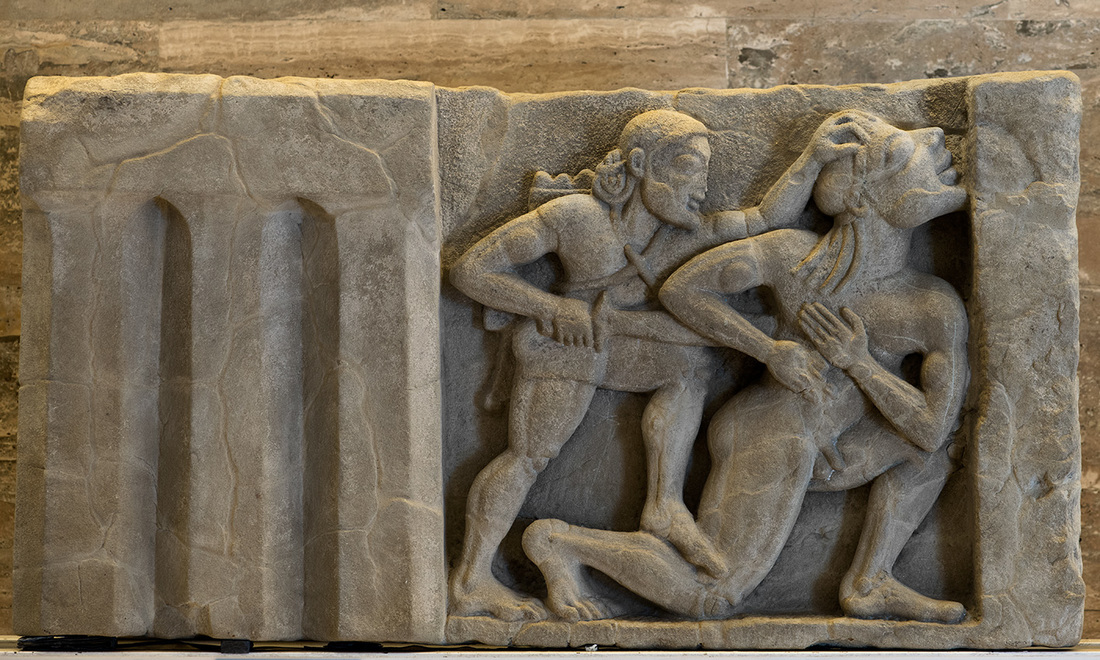
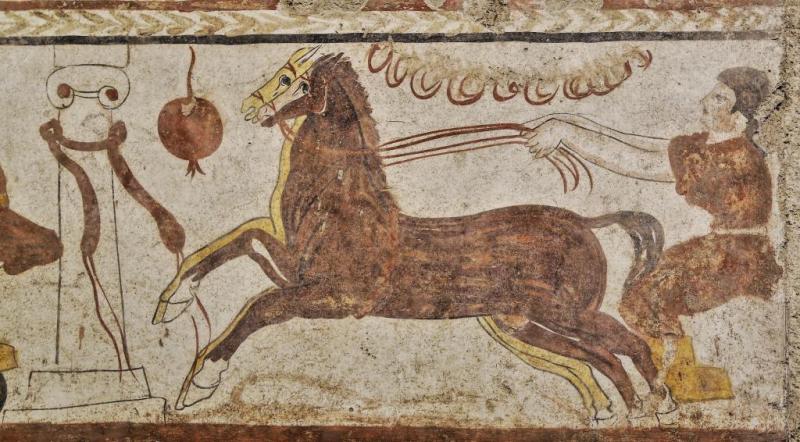
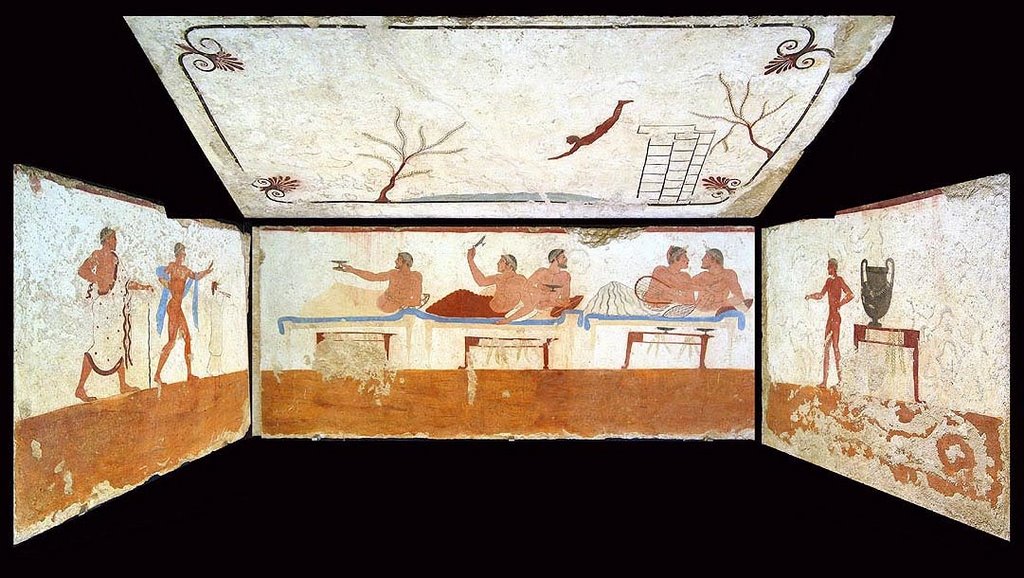
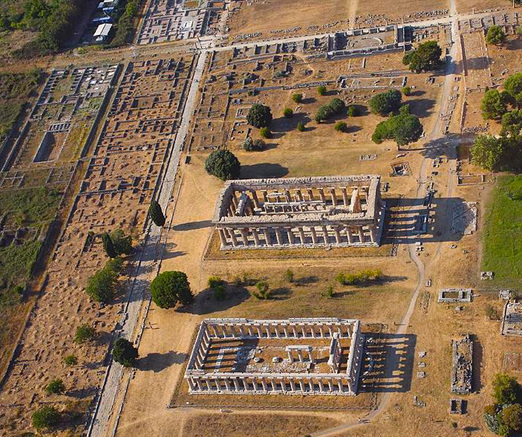
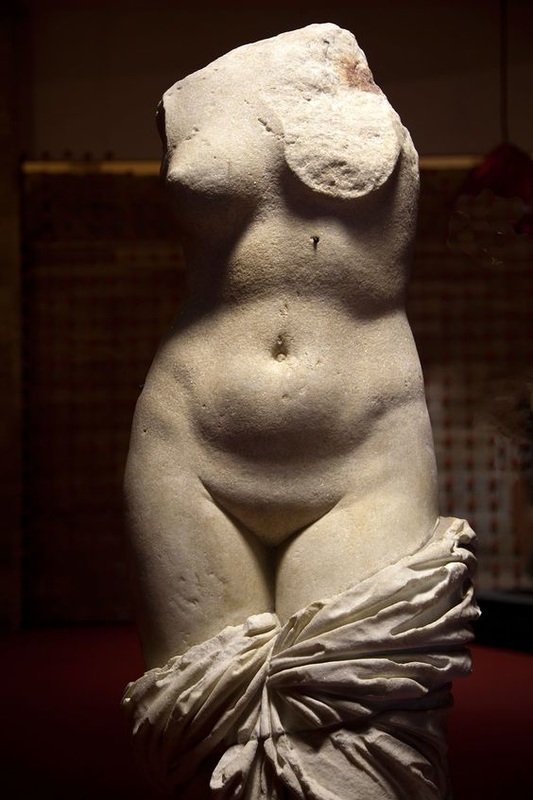
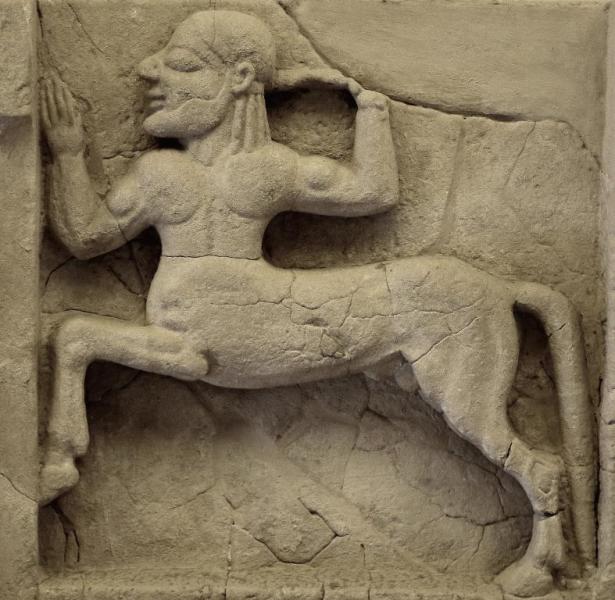
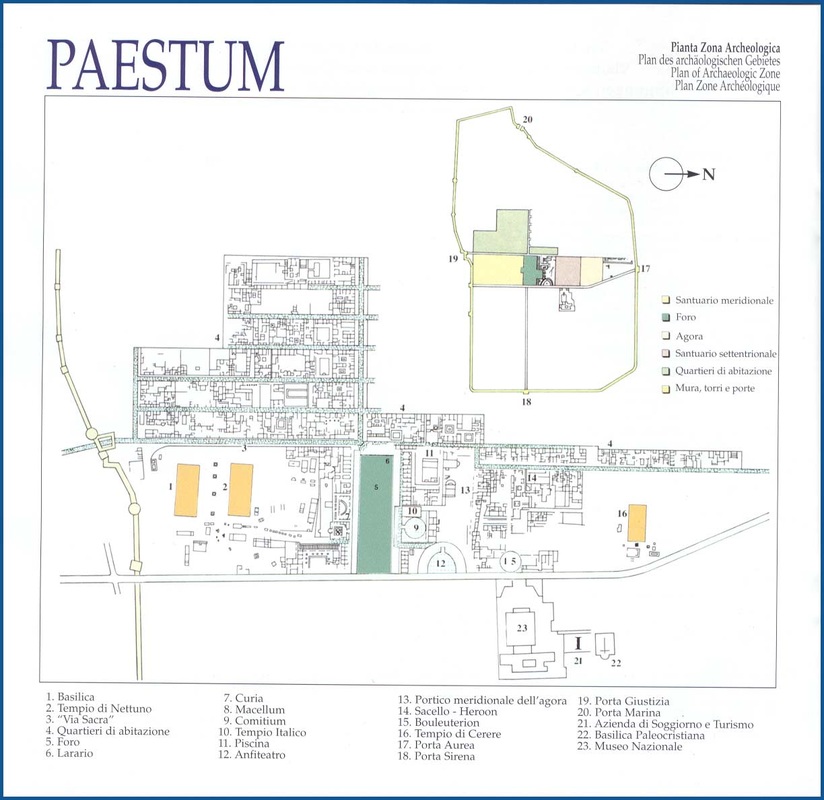
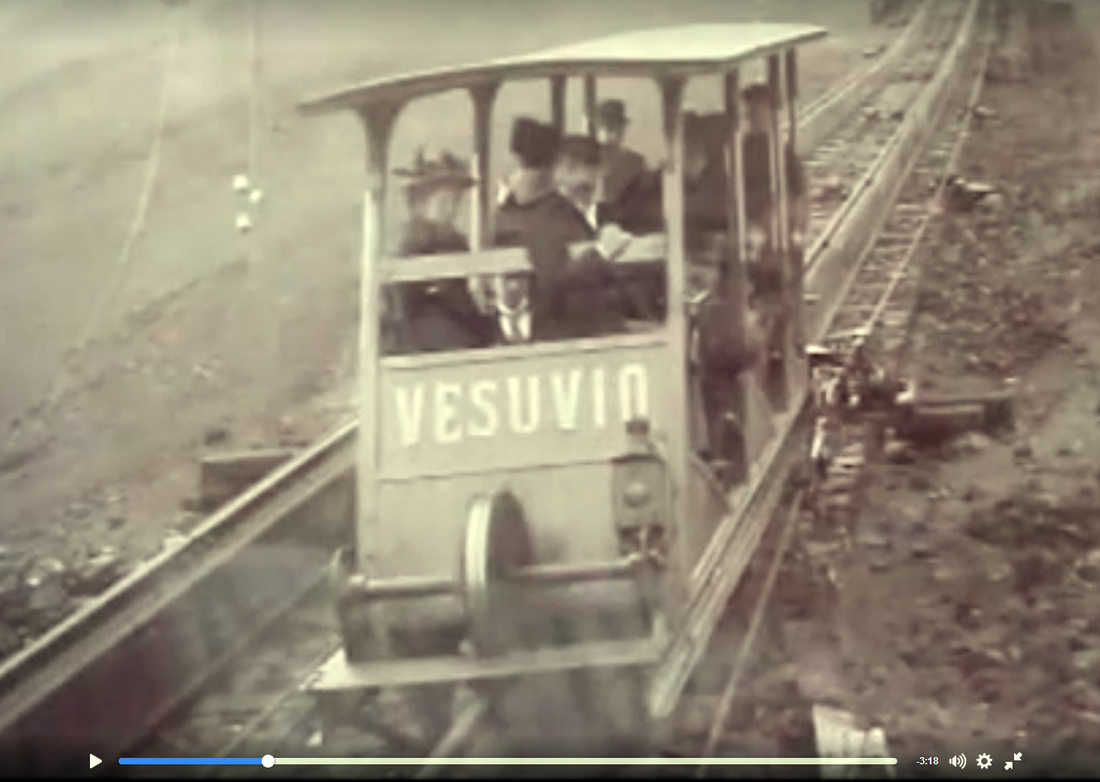
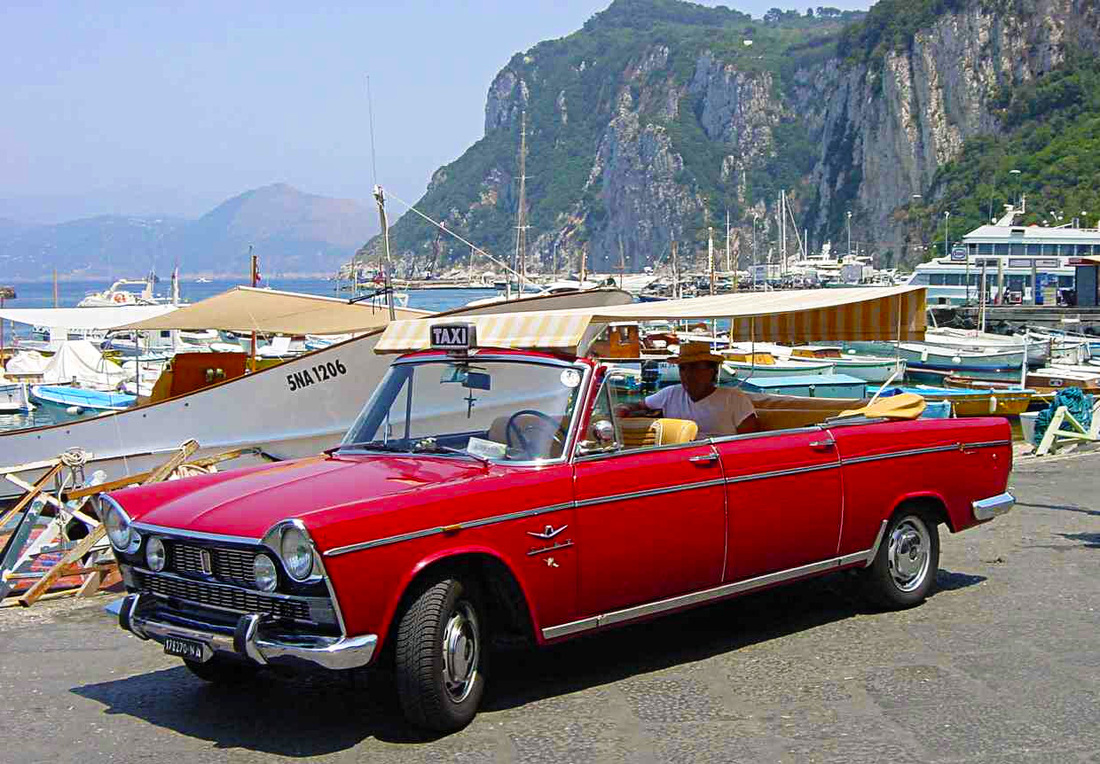
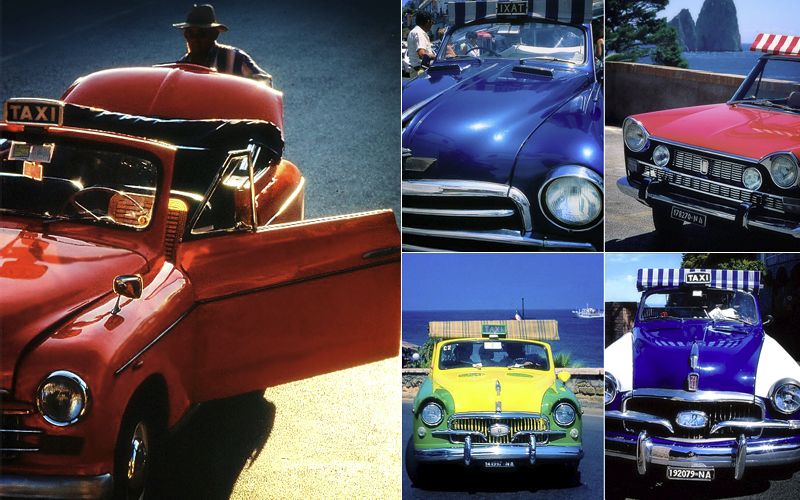
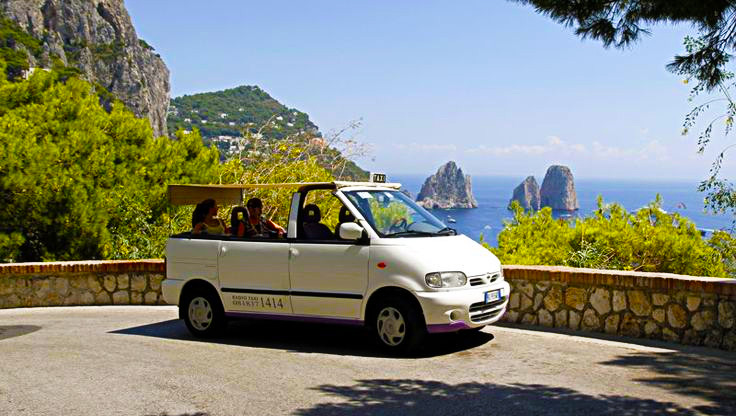
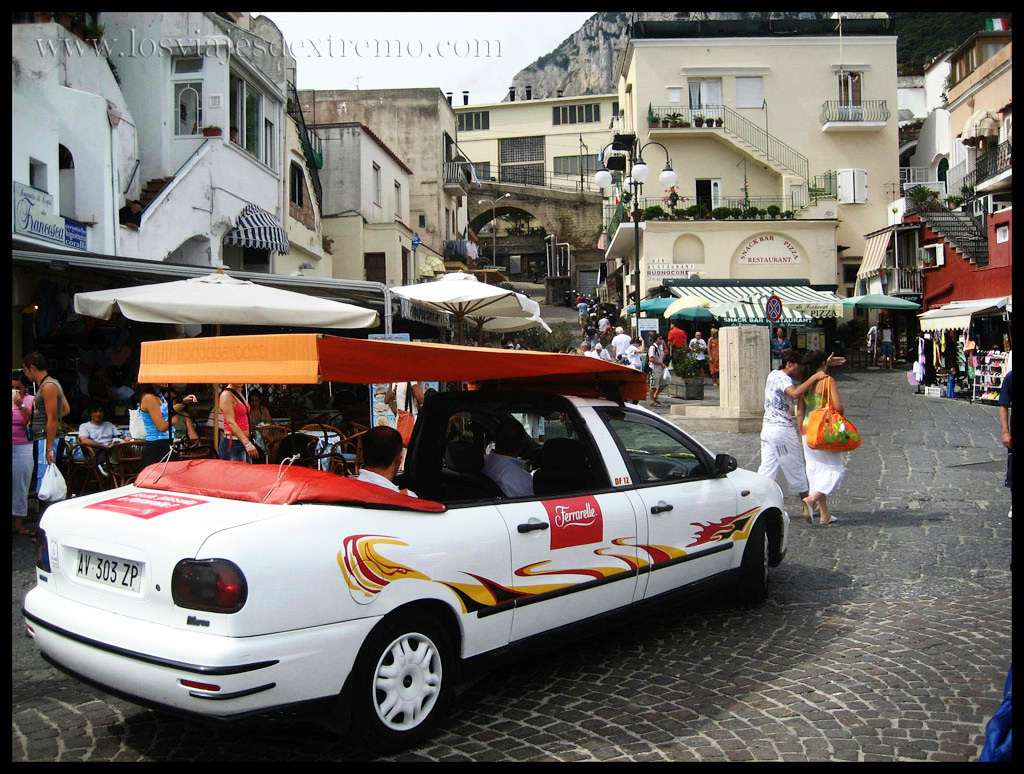

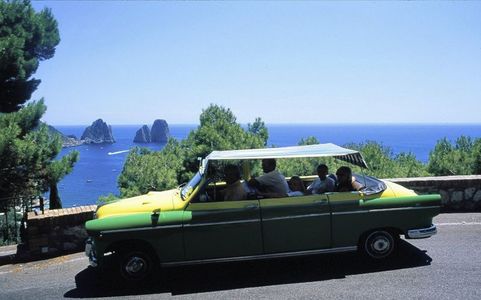
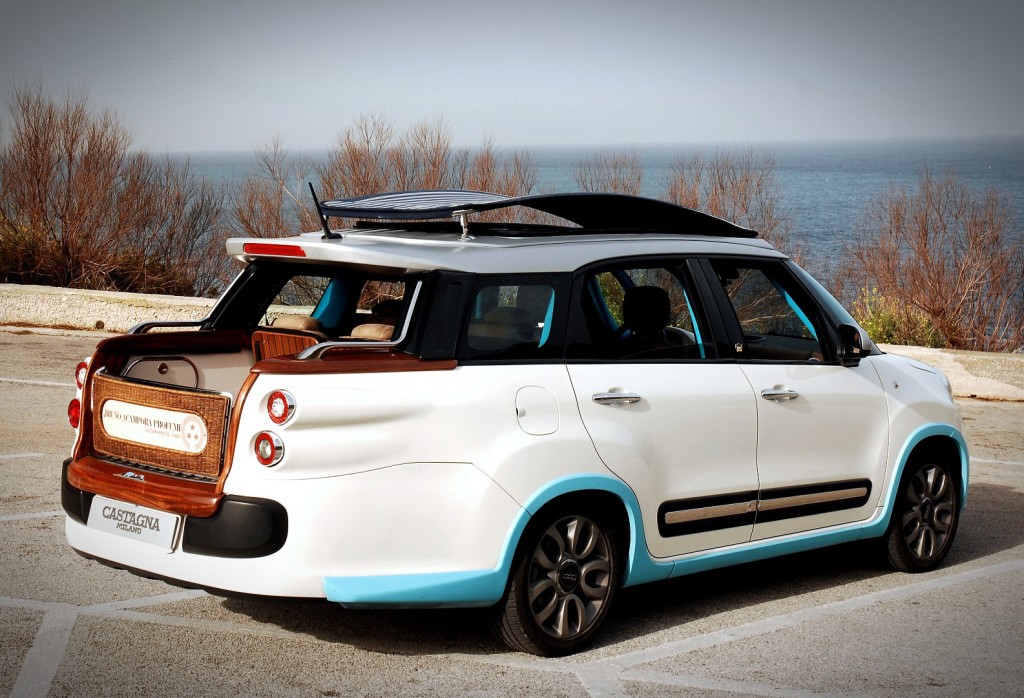
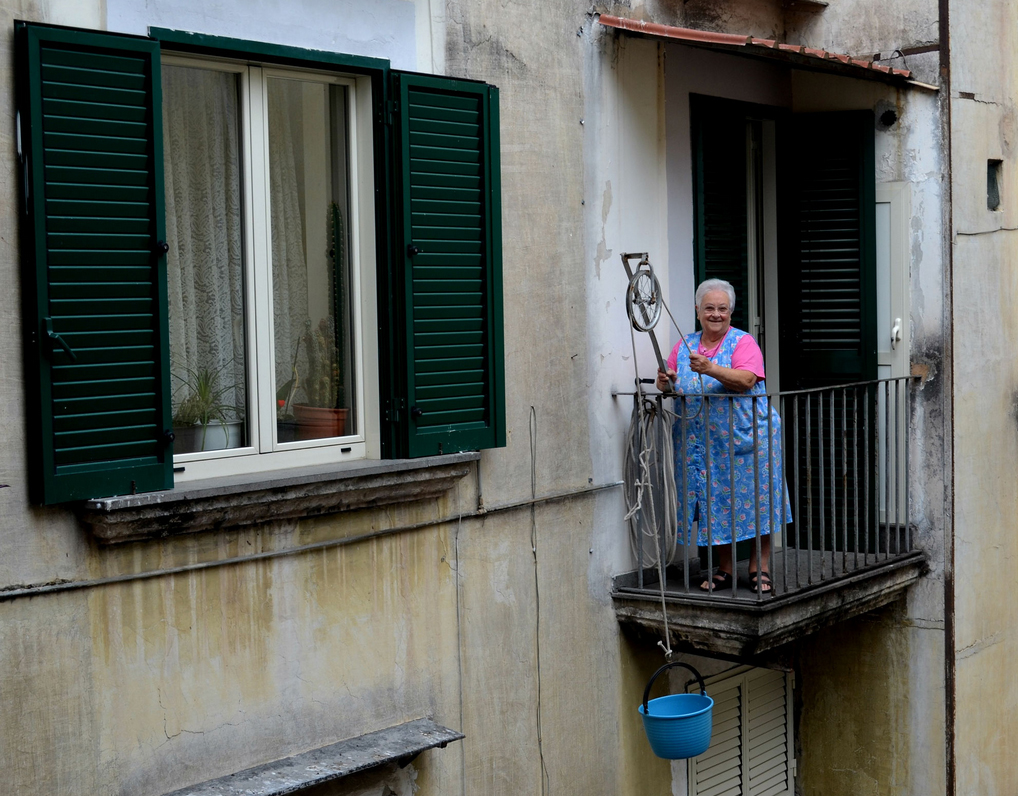
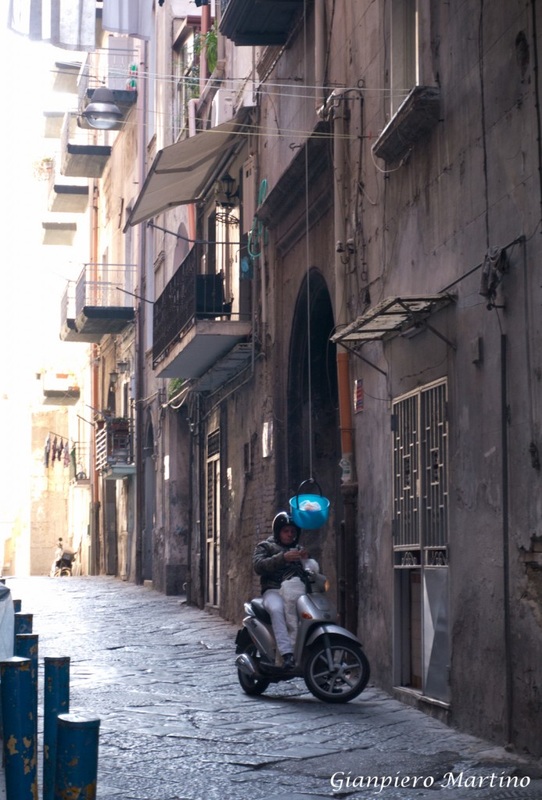
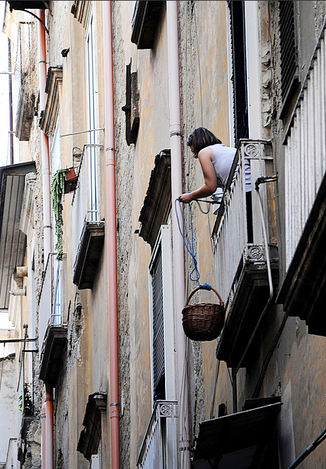

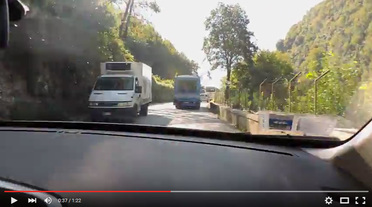
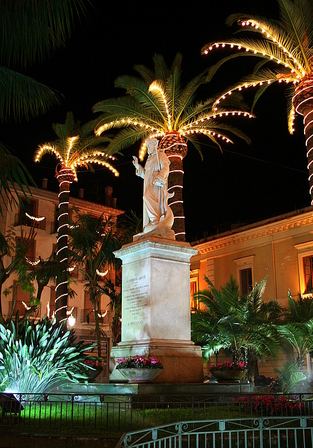

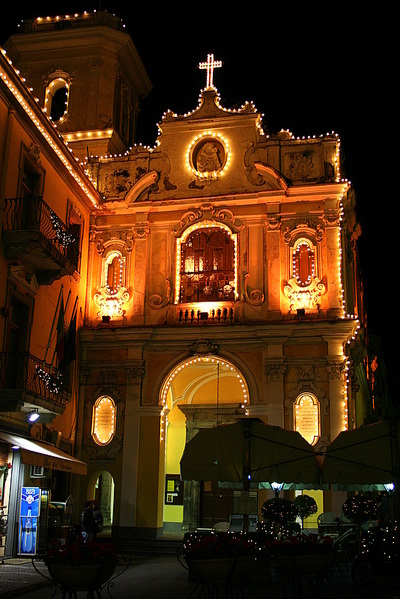
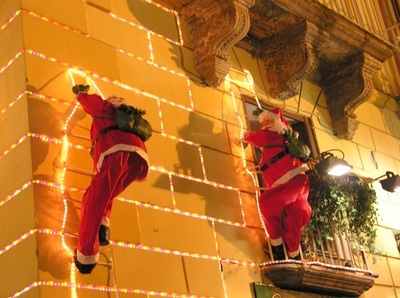
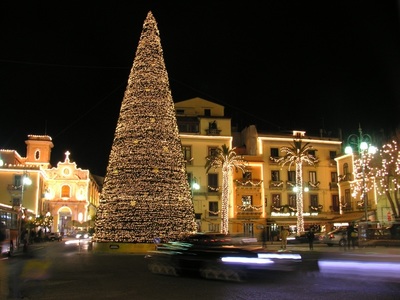
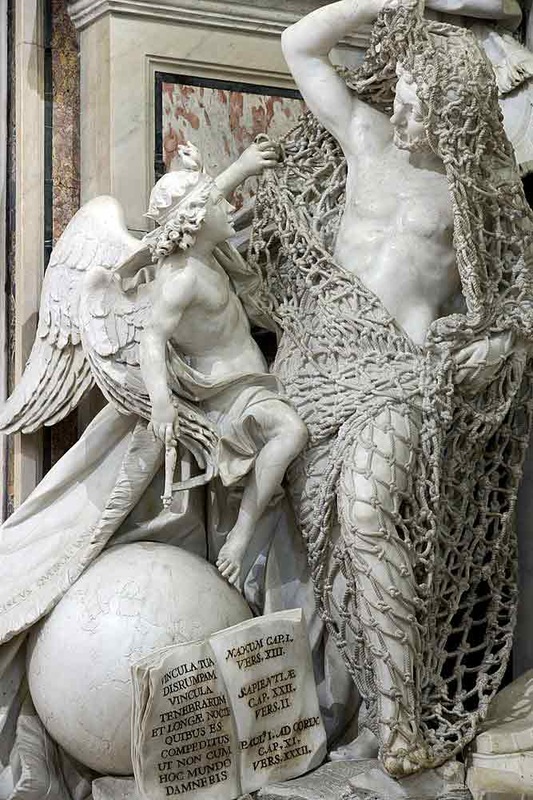
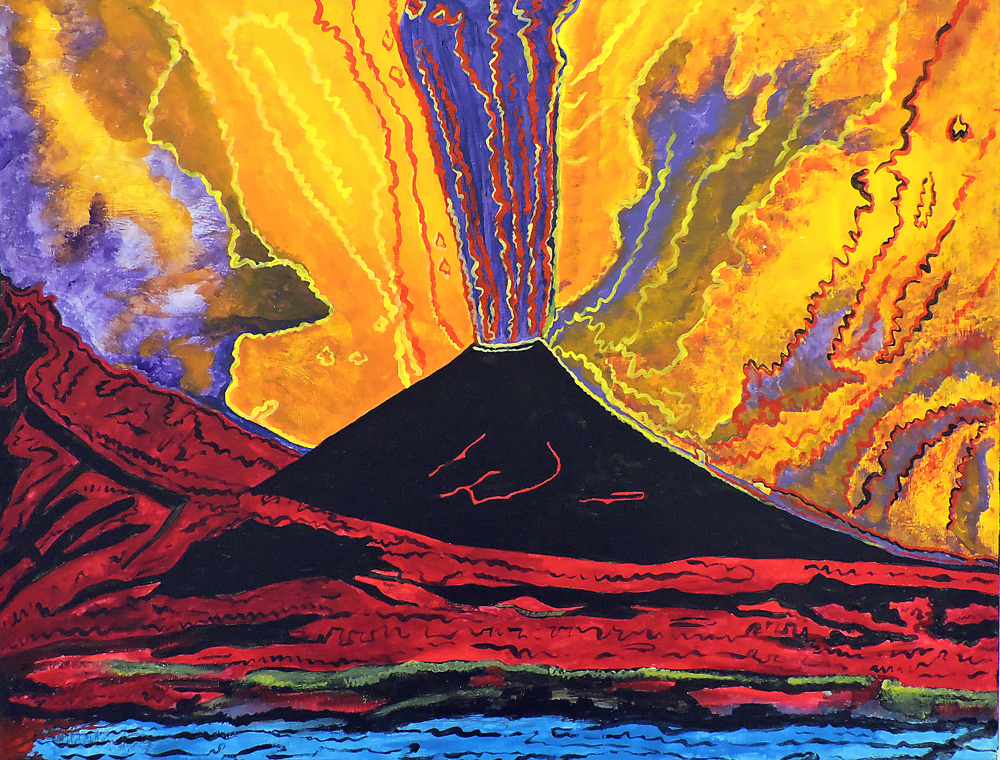
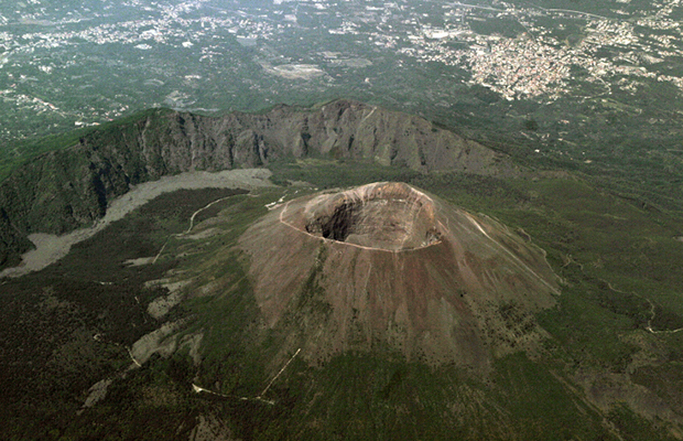
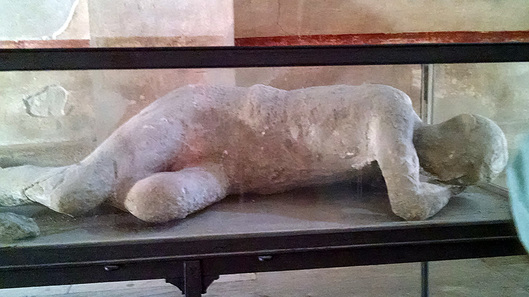
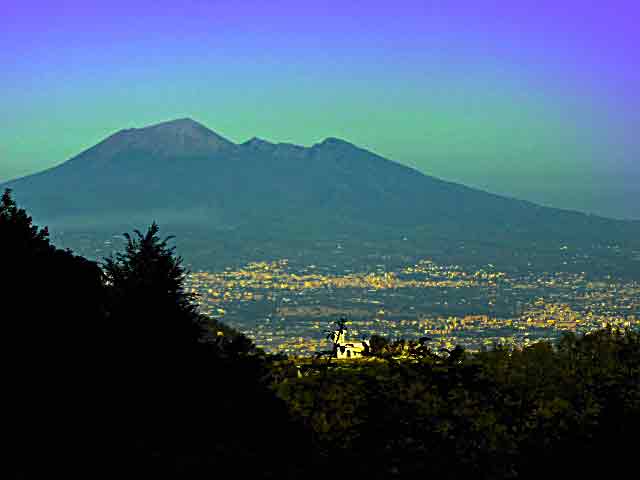
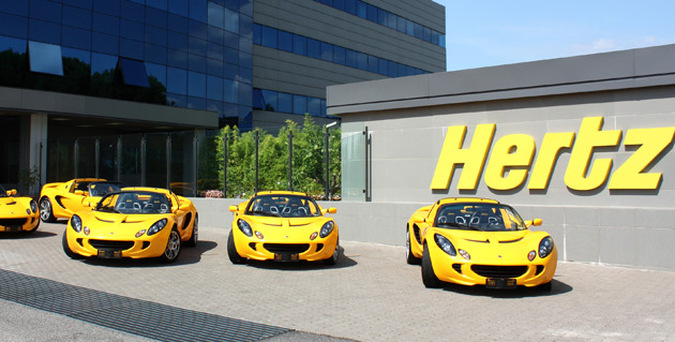
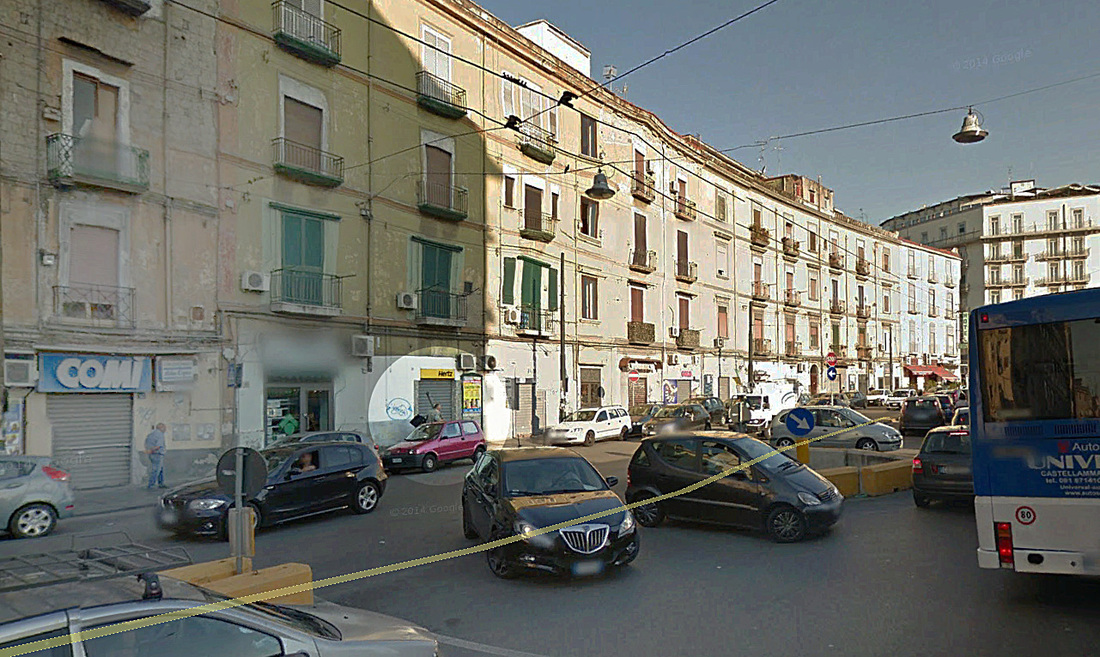
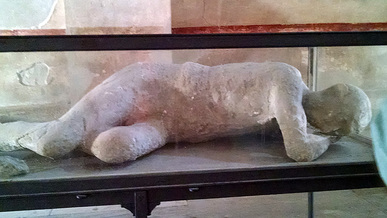
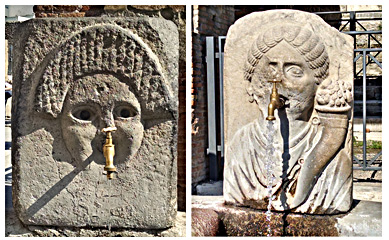
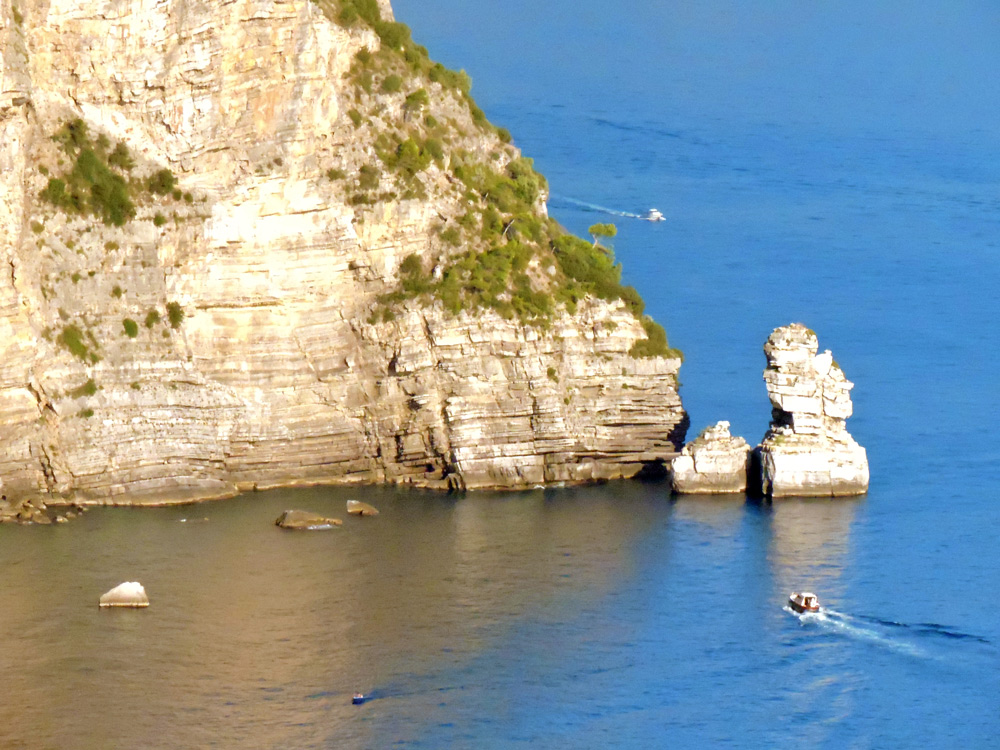
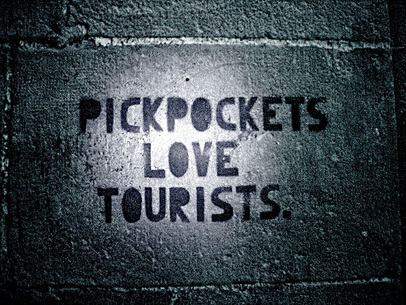
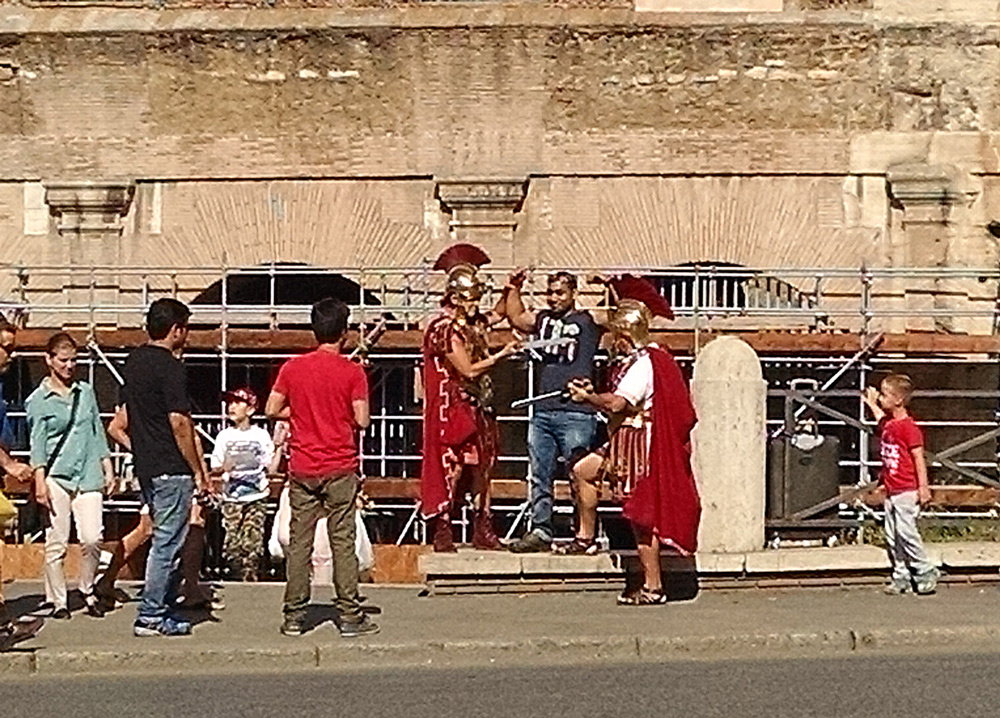
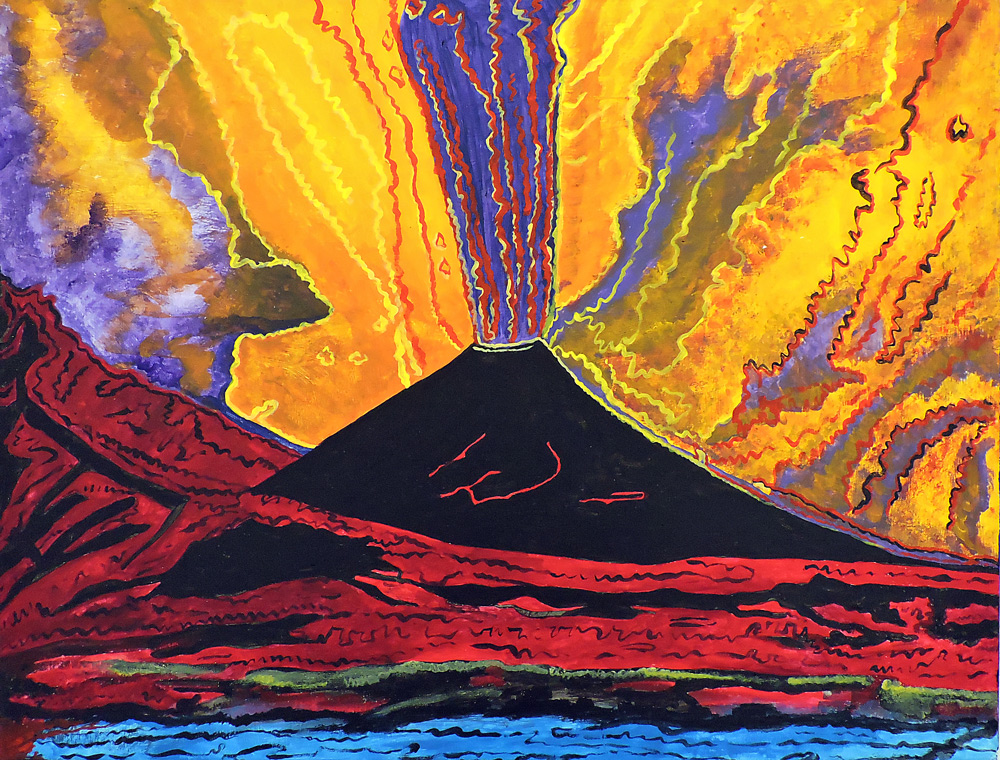
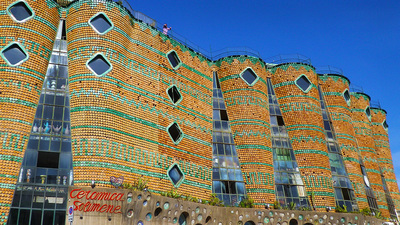
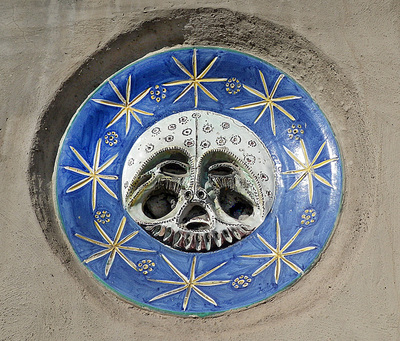
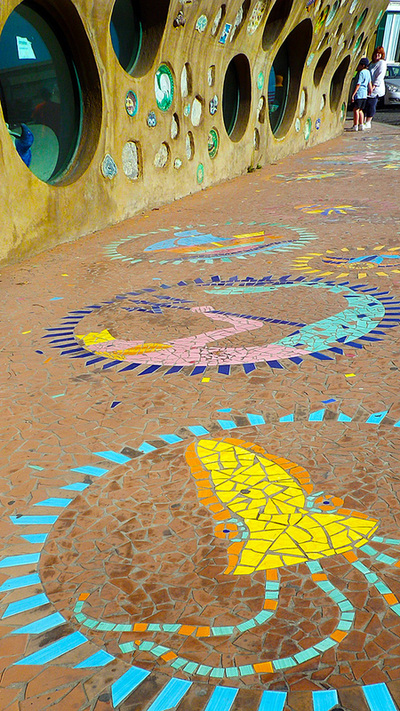
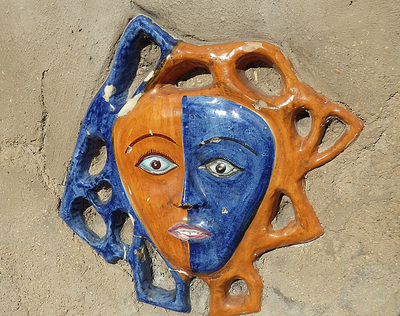
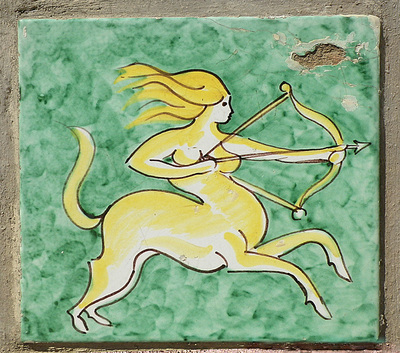
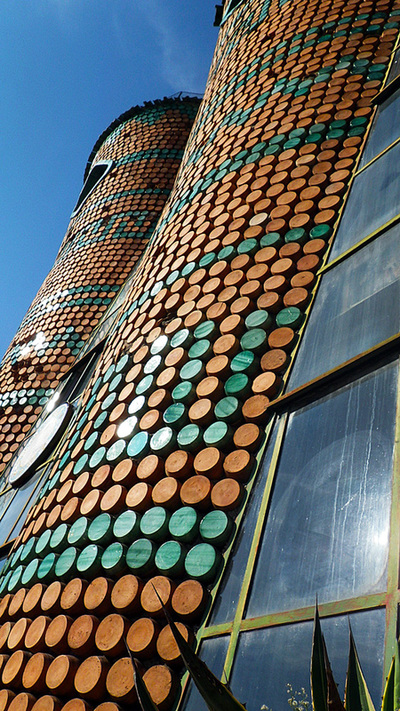
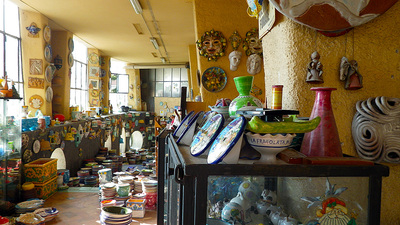
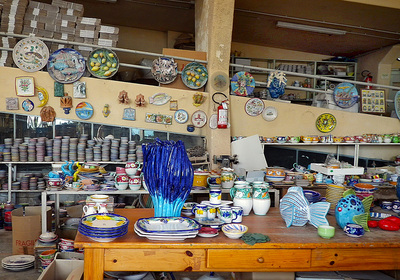
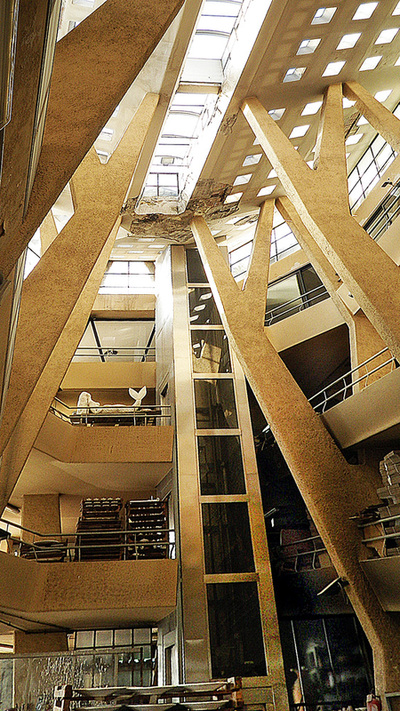
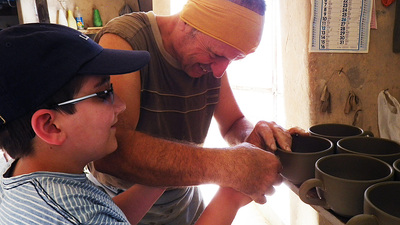
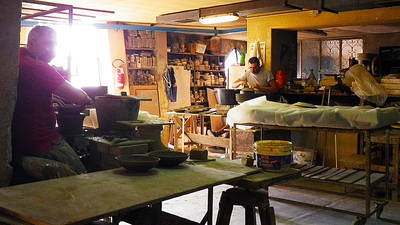


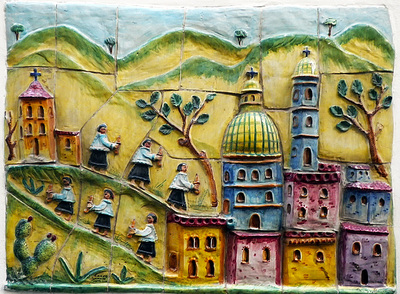

 RSS Feed
RSS Feed
